Materials Science and Engineering News
Materials Science and Engineering Graduate Major
-
December 26, 2025
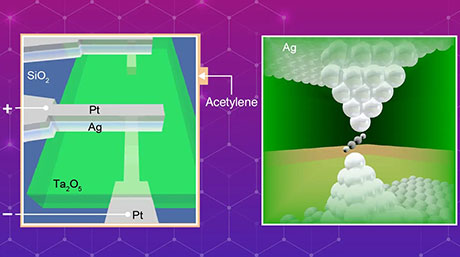
Atomic switches bring molecular electronics closer to reality
-
December 2, 2025
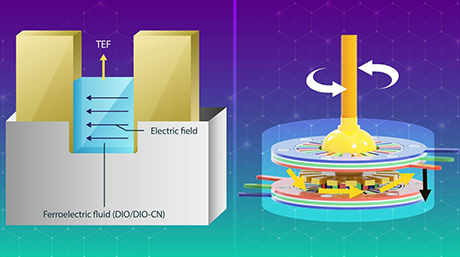
A new era of electrostatic actuation powered by ferroelectric fluids
-
November 17, 2025

Revealing how cells adhere to the surface of plastic scaffolds
-
October 21, 2025

Deep blue organic light-emitting diode breakthrough operates at just 1.5 V
-
October 16, 2025
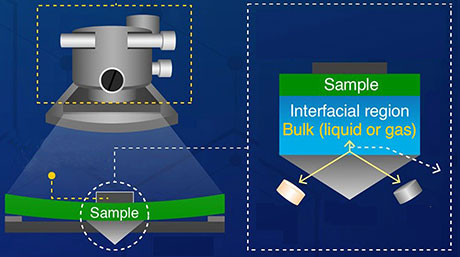
Gap-controlled infrared absorption spectroscopy for analysis of molecular interfaces
-
October 10, 2025
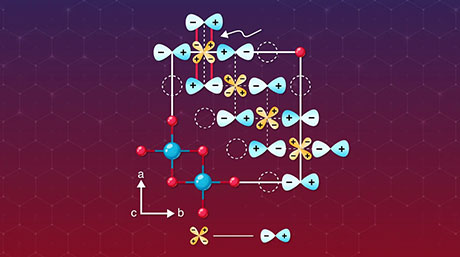
Spinel-type sulfide semiconductors to operate the next-generation LEDs and solar cells For solar-cell absorbers and green-LED sources
-
August 8, 2025
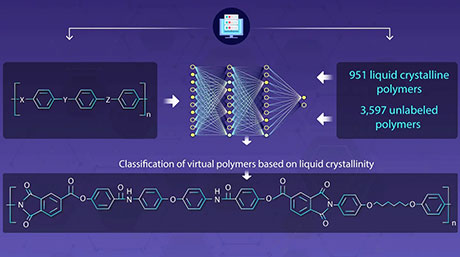
Artificial intelligence accelerates the development of advanced heat-dissipating polymers
-
August 4, 2025
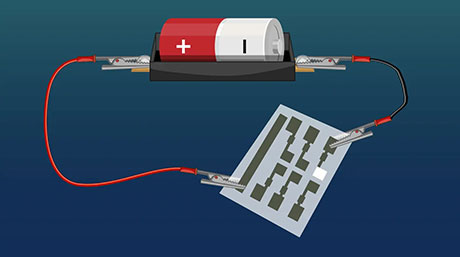
Achieving the lowest operating voltage yet for white organic LEDs
-
July 24, 2025
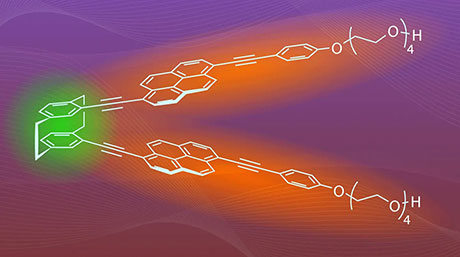
Glowing under pressure: hinge-like mechanophores for smarter polymeric materials
-
July 8, 2025
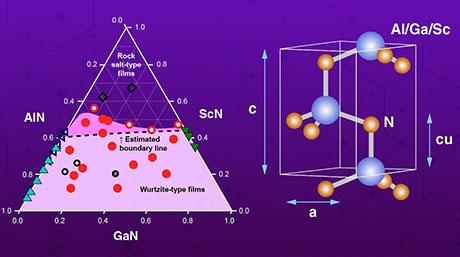
Innovative ternary alloy films pave the way for ultra-low-power memory devices
-
June 10, 2025

Focusing on “humans”
-
June 3, 2025

Exploiting the full potential of multiferroic materials for magnetic memory devices
-
June 2, 2025
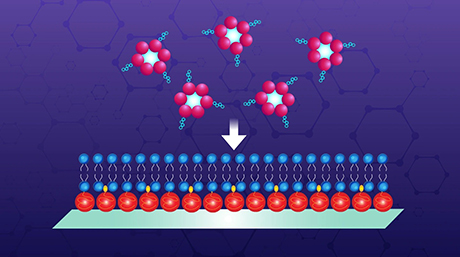
New tool reveals how DNA nanostructures interact with cell membranes
-
May 8, 2025

From Structure to Function: Tailoring Wurtzite MgSiN₂ for Next-Generation Electronics
-
March 12, 2025
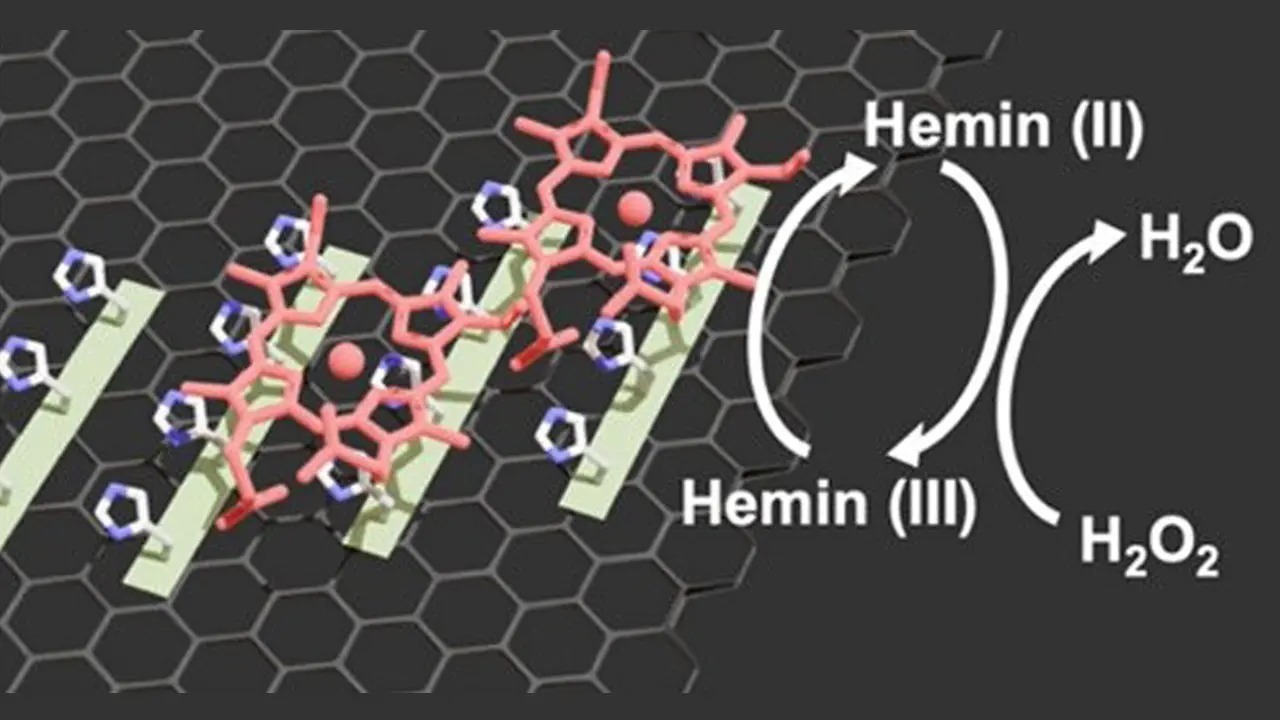
Frequency modulated AFM sheds light on how dipeptides help organize, immobilize and catalyze
-
March 11, 2025

Novel Carbon-Based Materials to Remove Hazardous “Forever Chemicals” in Water
-
March 5, 2025
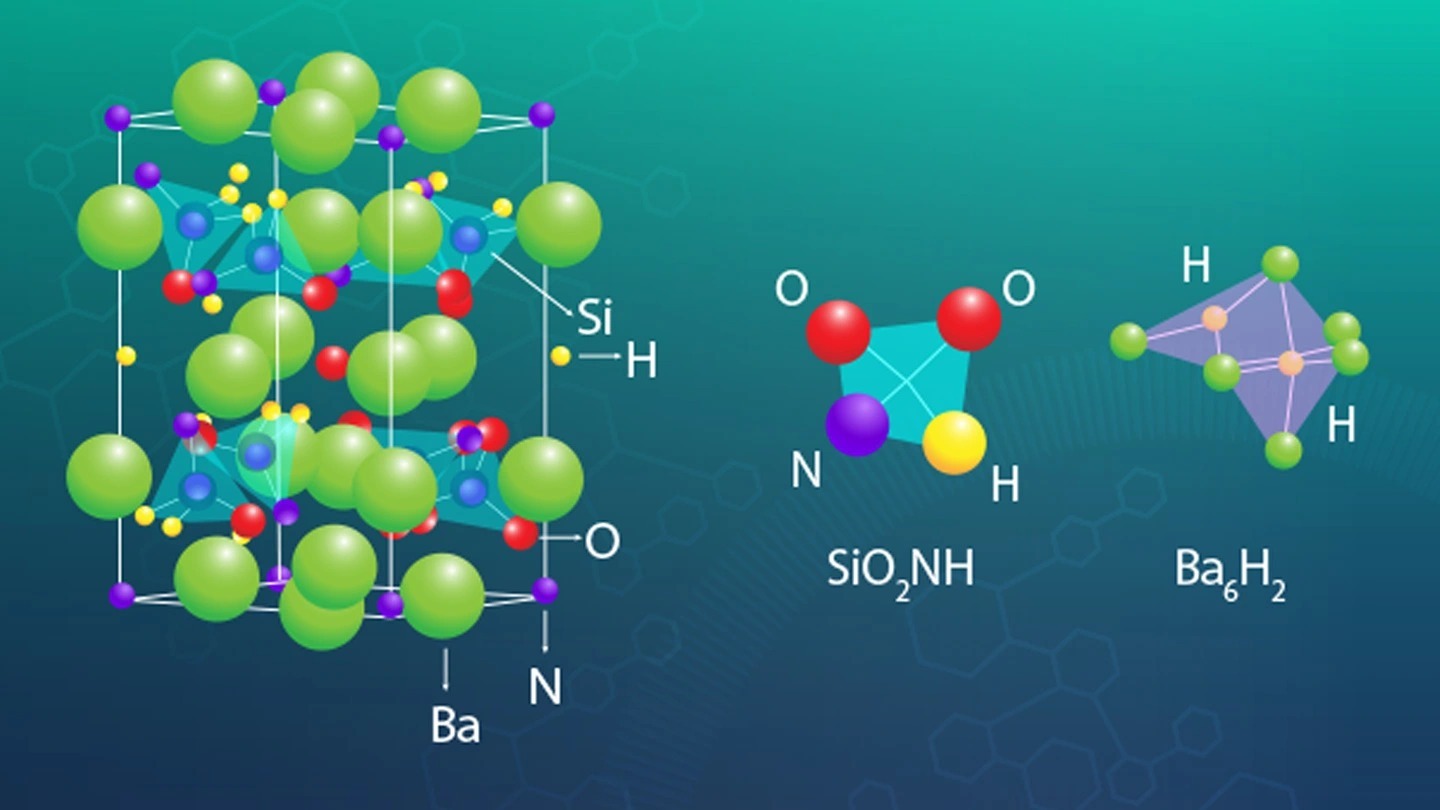
Novel Catalyst Development for Sustainable Ammonia Synthesis
-
January 29, 2025
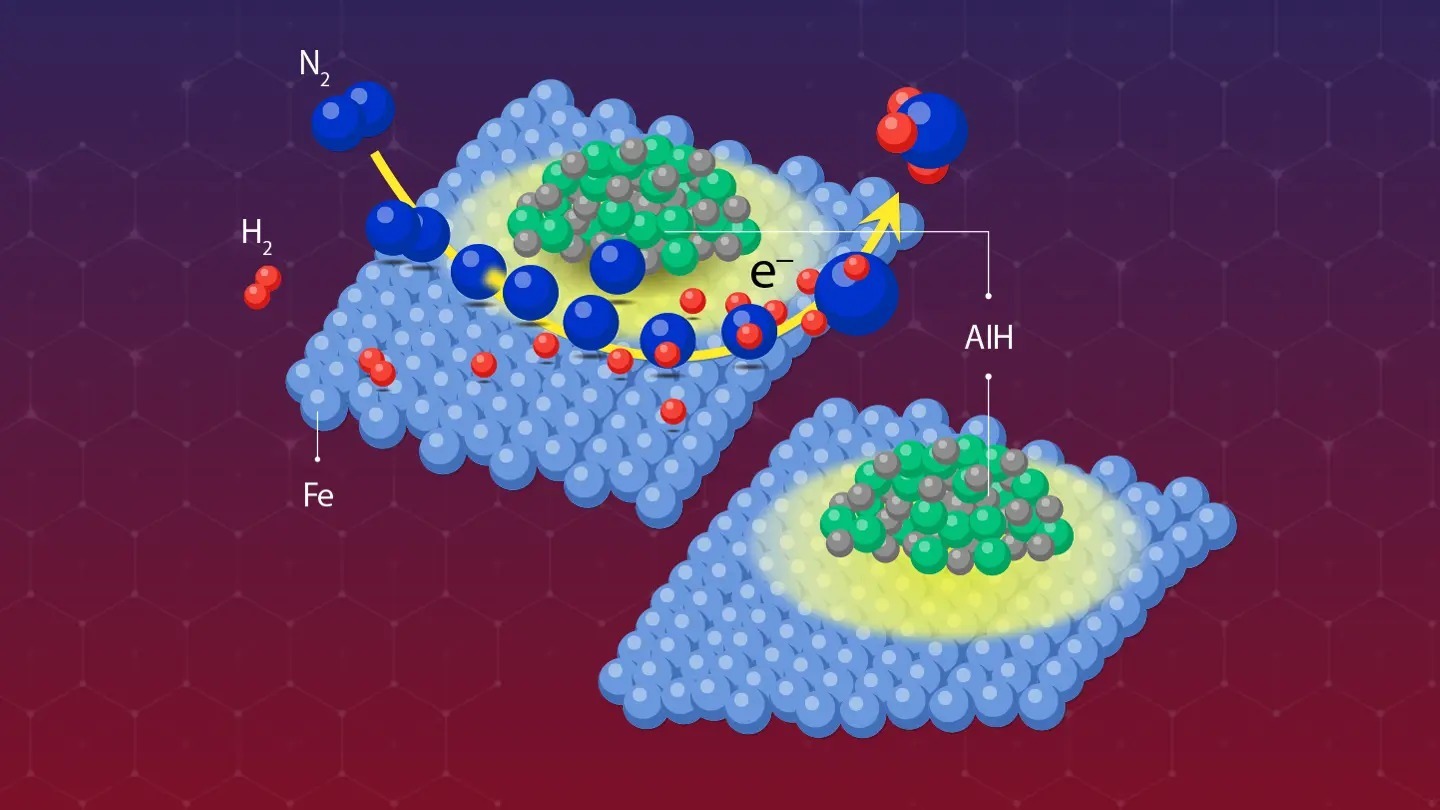
Revolutionizing Ammonia Synthesis: New Iron-Based Catalyst Surpasses Century-Old Benchmark
-
December 4, 2024
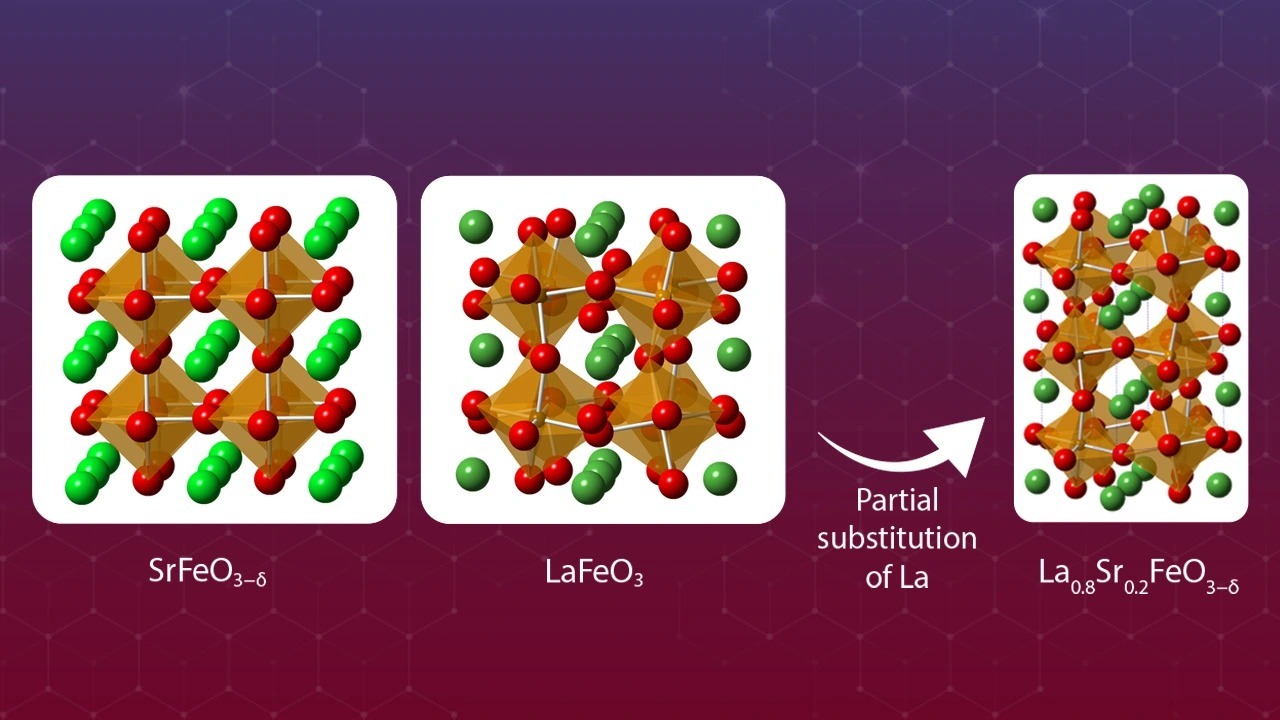
Harnessing Multi-Element Perovskites as Catalysts for Selective Oxidation of Light Alkanes
-
November 29, 2024

Nano-Patterned Copper Oxide Sensor for Ultra-Low Hydrogen Detection
-
September 18, 2024
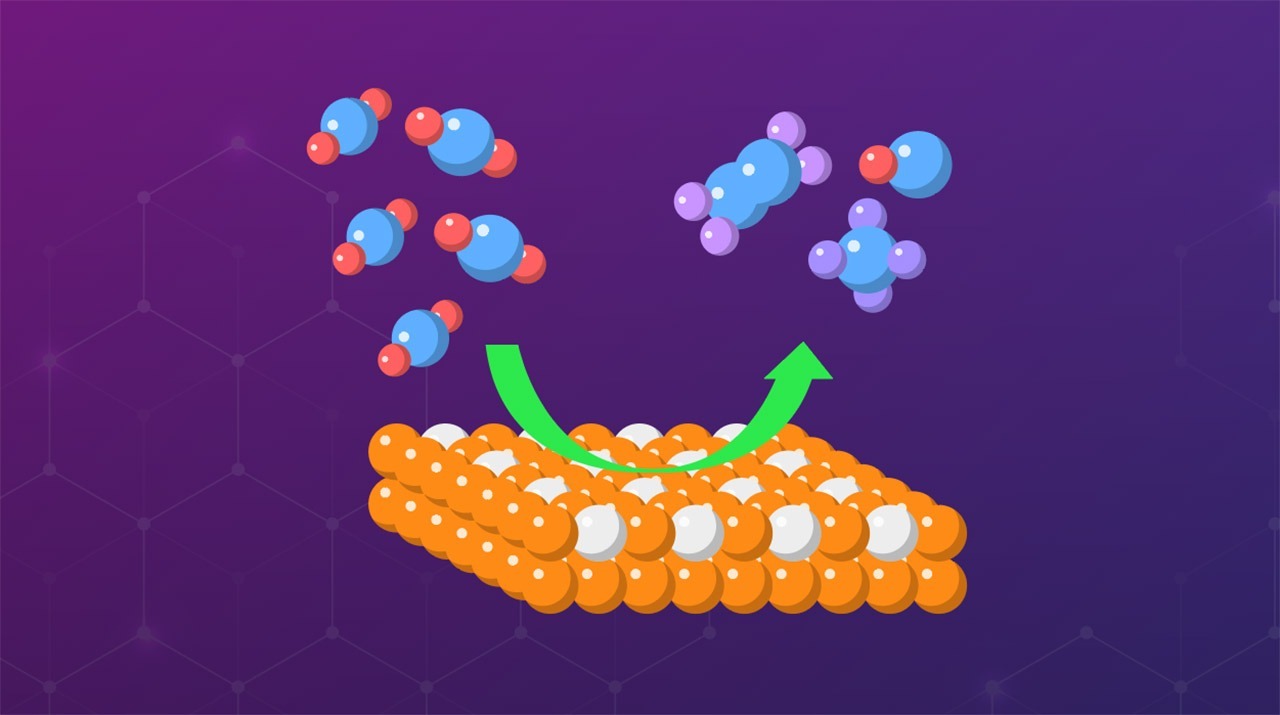
Exploring Ternary Metal Sulfides as Electrocatalyst for Carbon Dioxide Reduction Reactions
-
September 9, 2024
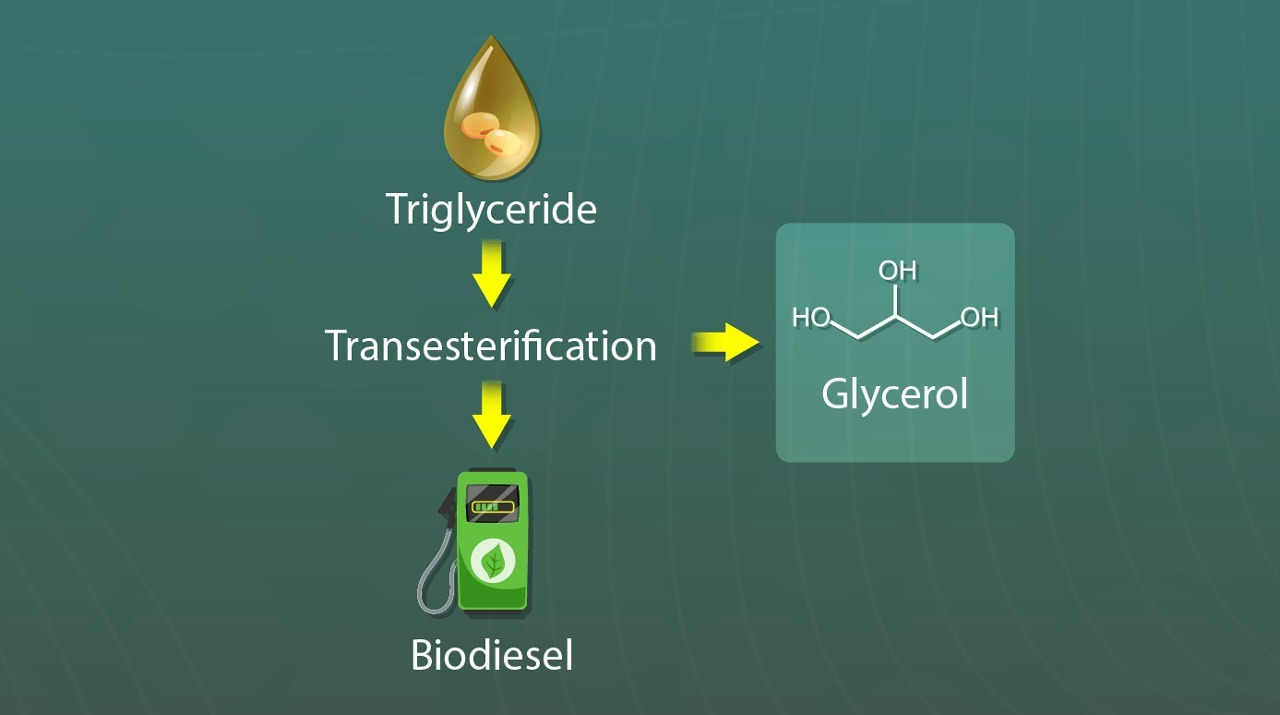
Turning Glycerol into Gold: A New Process Makes Biodiesel More Profitable
-
September 2, 2024

Breakthrough in Semiconductor Patterning: New Block Copolymer Achieves 7.6 nm Line Width
-
August 29, 2024
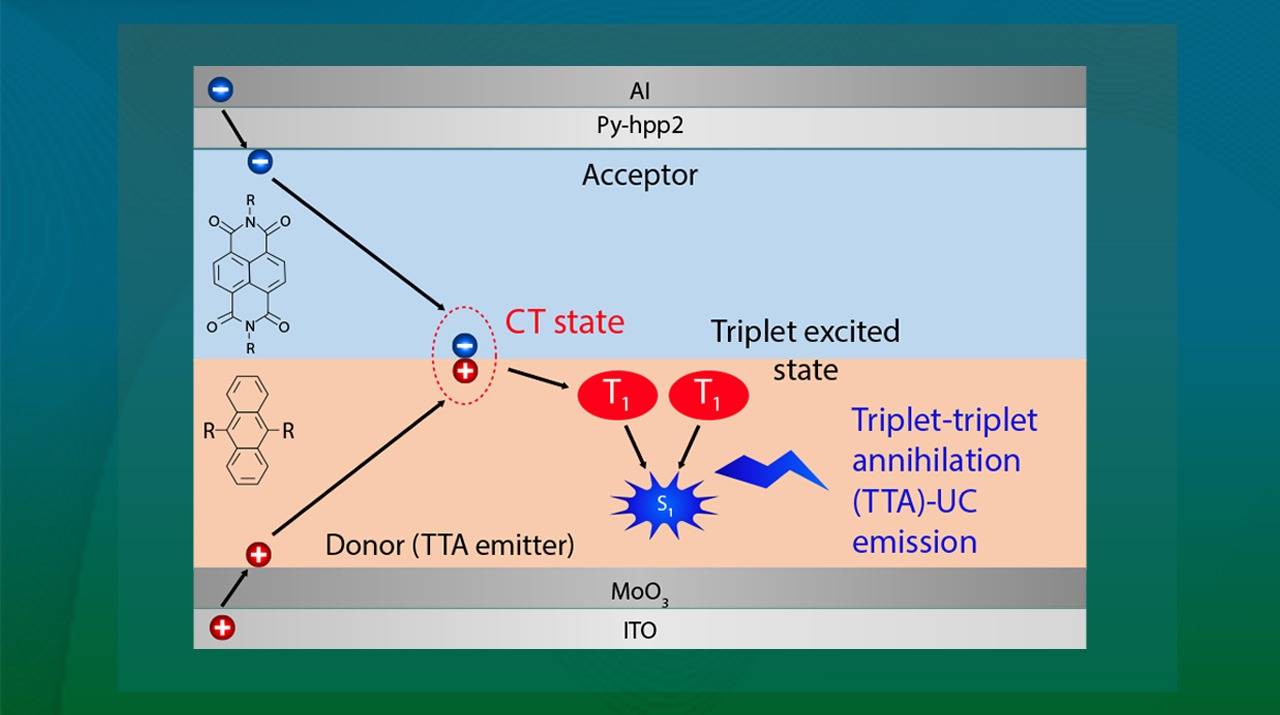
Enhancing Electron Transfer for Highly Efficient Upconversion OLEDs
-
August 20, 2024

Novel Machine Learning-based Cluster Analysis Method that Leverages Target Material Property
-
August 16, 2024
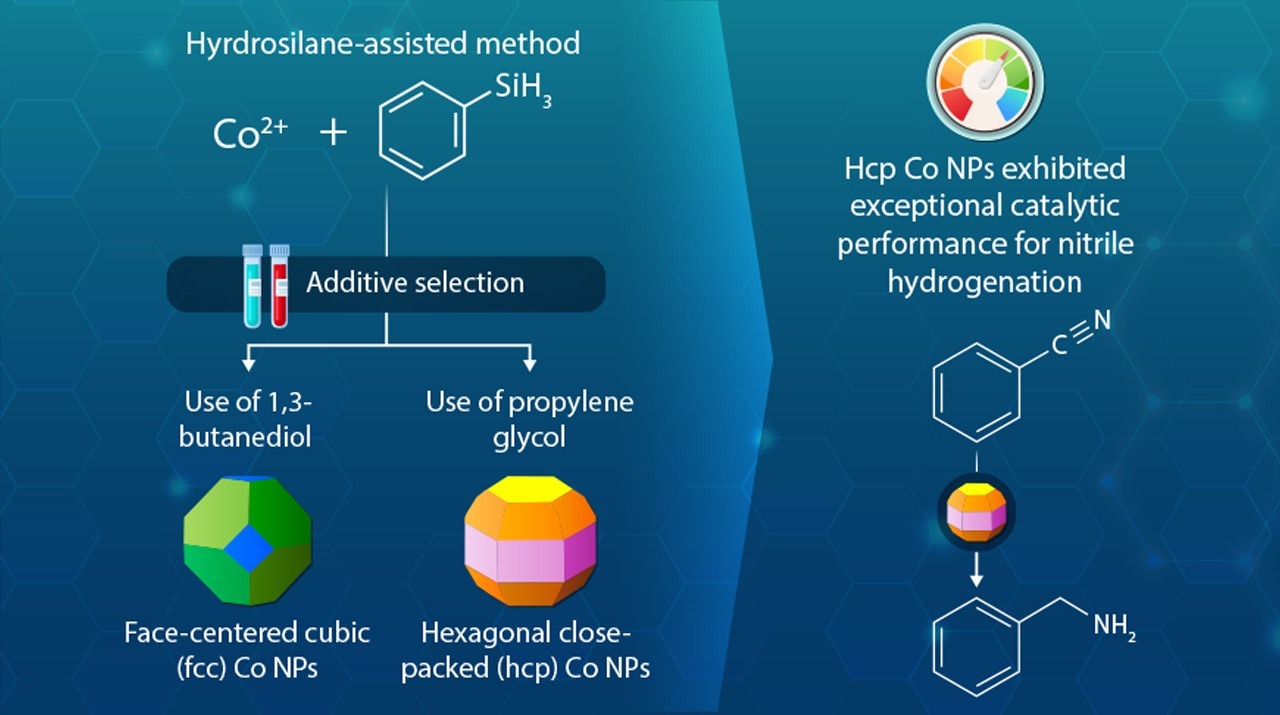
Sustainable Catalysts: Crystal Phase-controlled Cobalt Nanoparticles for Hydrogenation
-
August 15, 2024
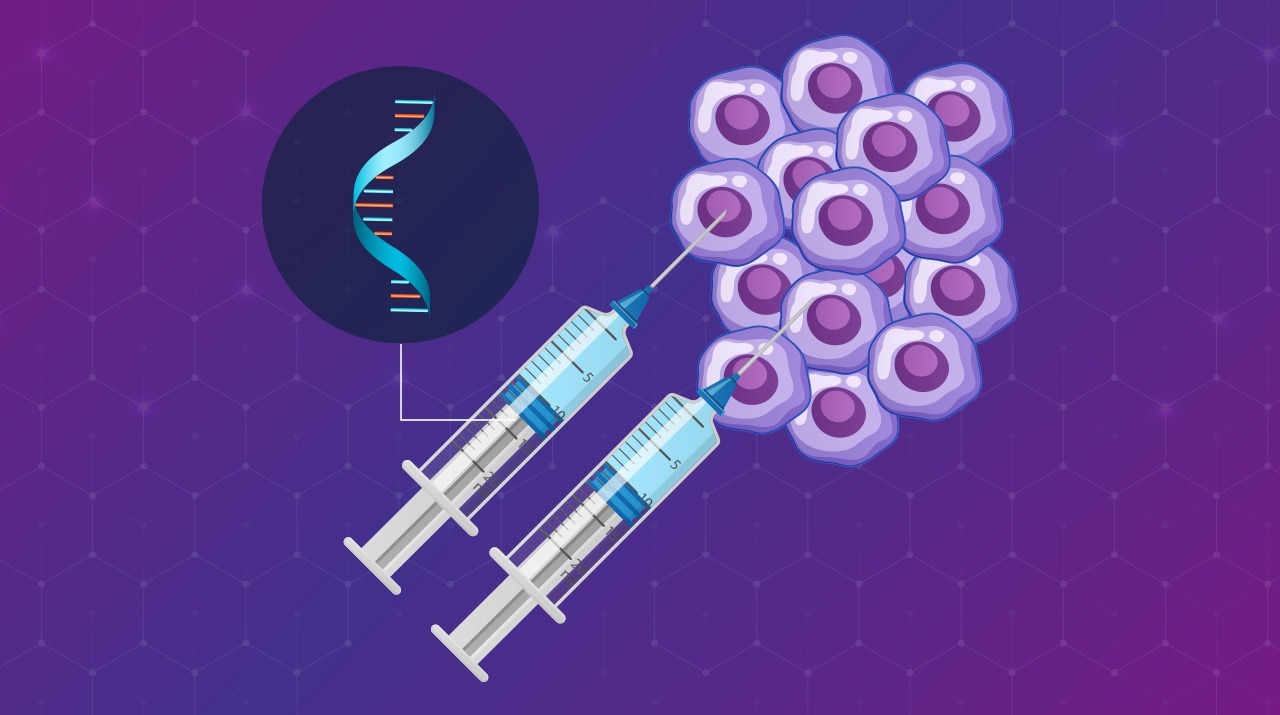
Improving the Design of mRNA-loaded Nanocarriers for Targeted Therapies
-
July 29, 2024

Aluminum Scandium Nitride Films: Enabling Next-Gen Ferroelectric Memory Devices
-
July 12, 2024
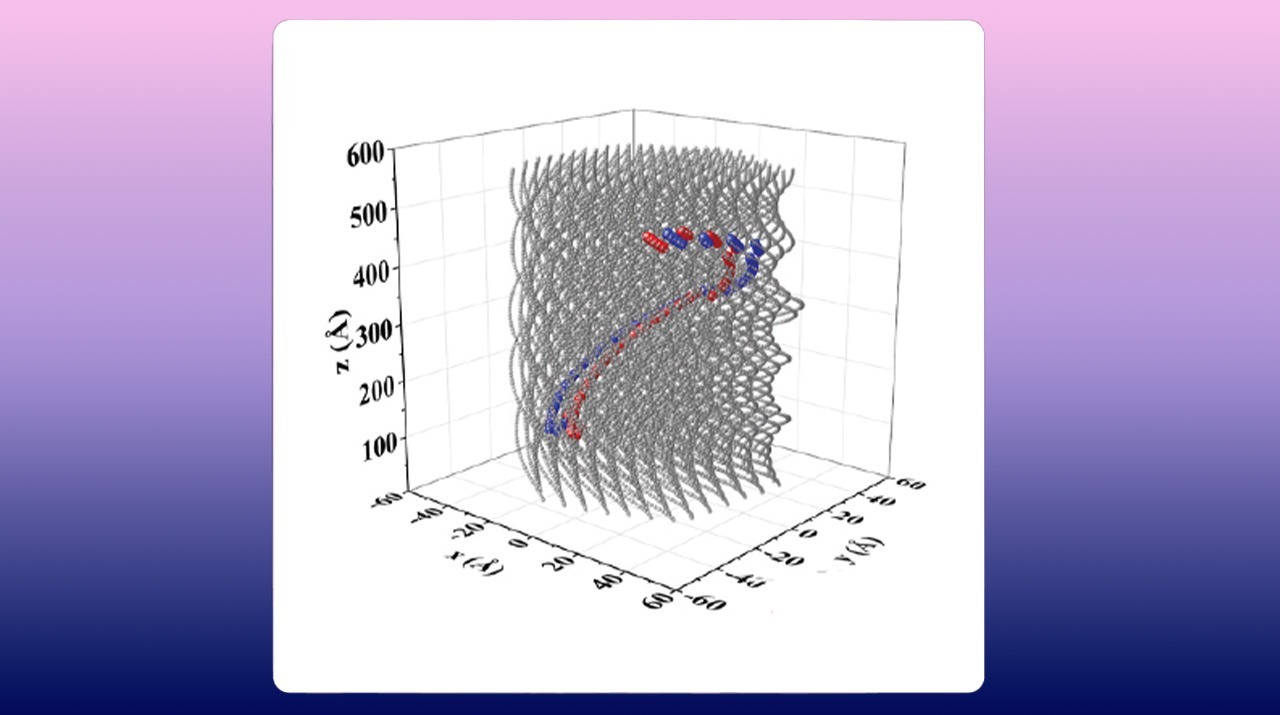
Understanding Why Carbon Nanotube Bundles Become Mechanically Weak When Twisted
-
June 4, 2024
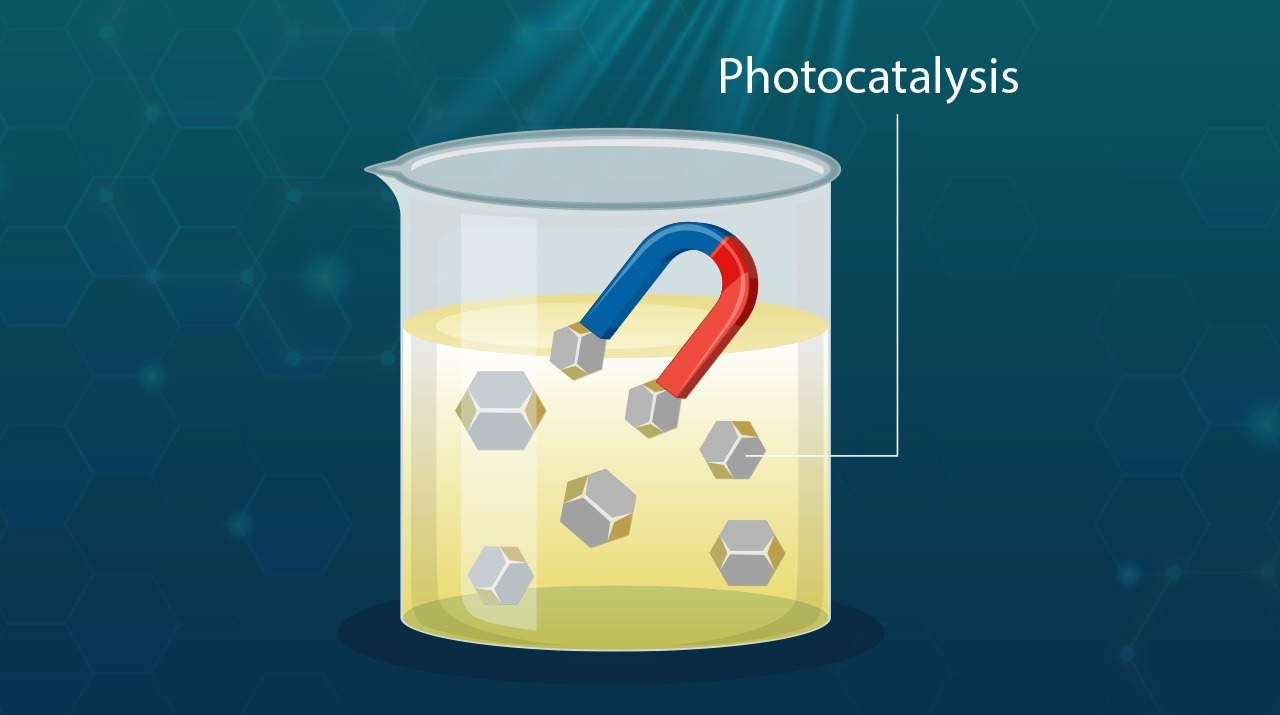
Novel Au-BiFeO₃ Nanostructures for Efficient and Sustainable Degradation of Pollutants
-
May 29, 2024
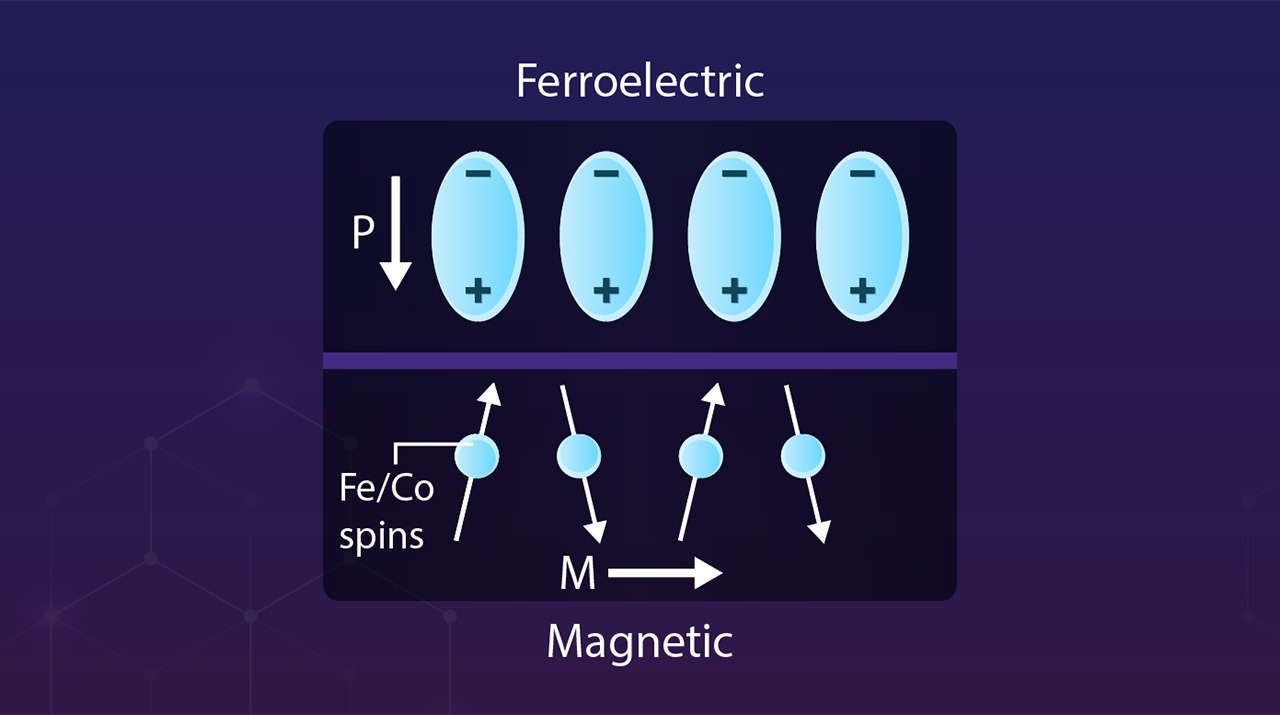
Revolutionizing Memory Technology: Multiferroic Nanodots for Low-Power Magnetic Storage
-
May 24, 2024
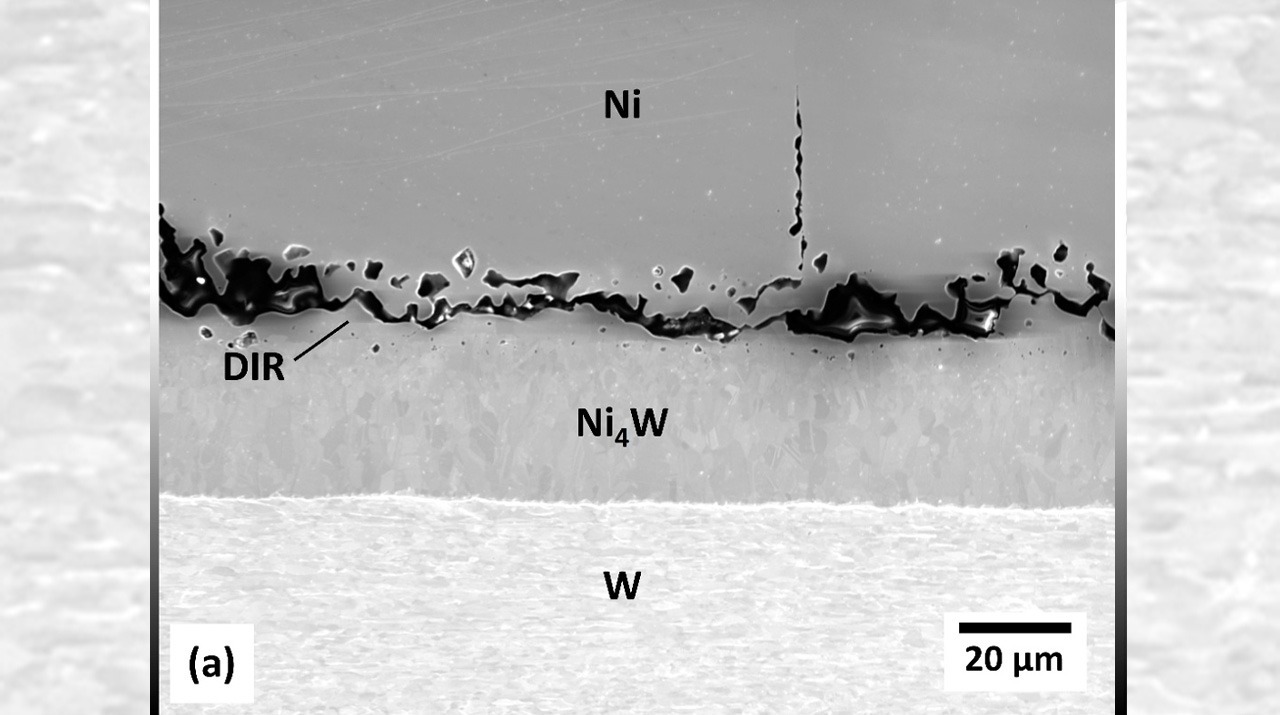
Exploring Interface Phenomena for More Durable and Effective Nickel–Tungsten Alloys
-
April 25, 2024
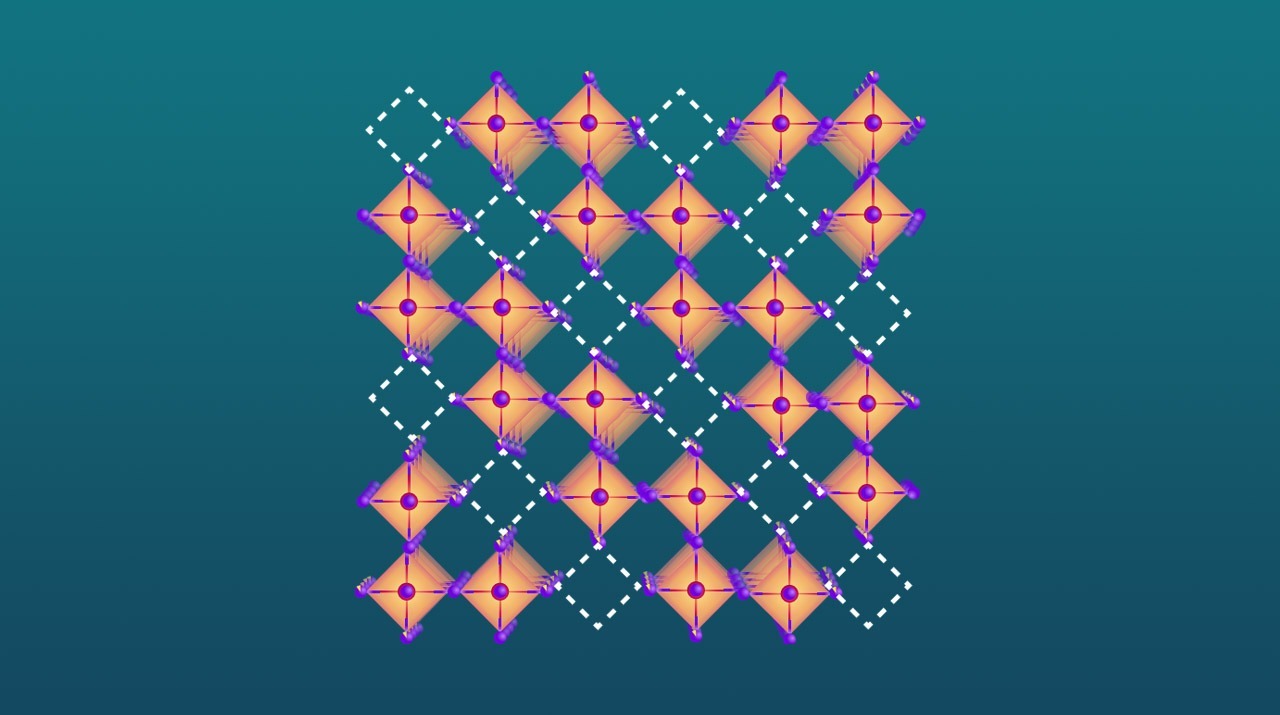
From Defects to Order: Spontaneously Emerging Crystal Arrangements in Perovskite Halides
-
April 17, 2024
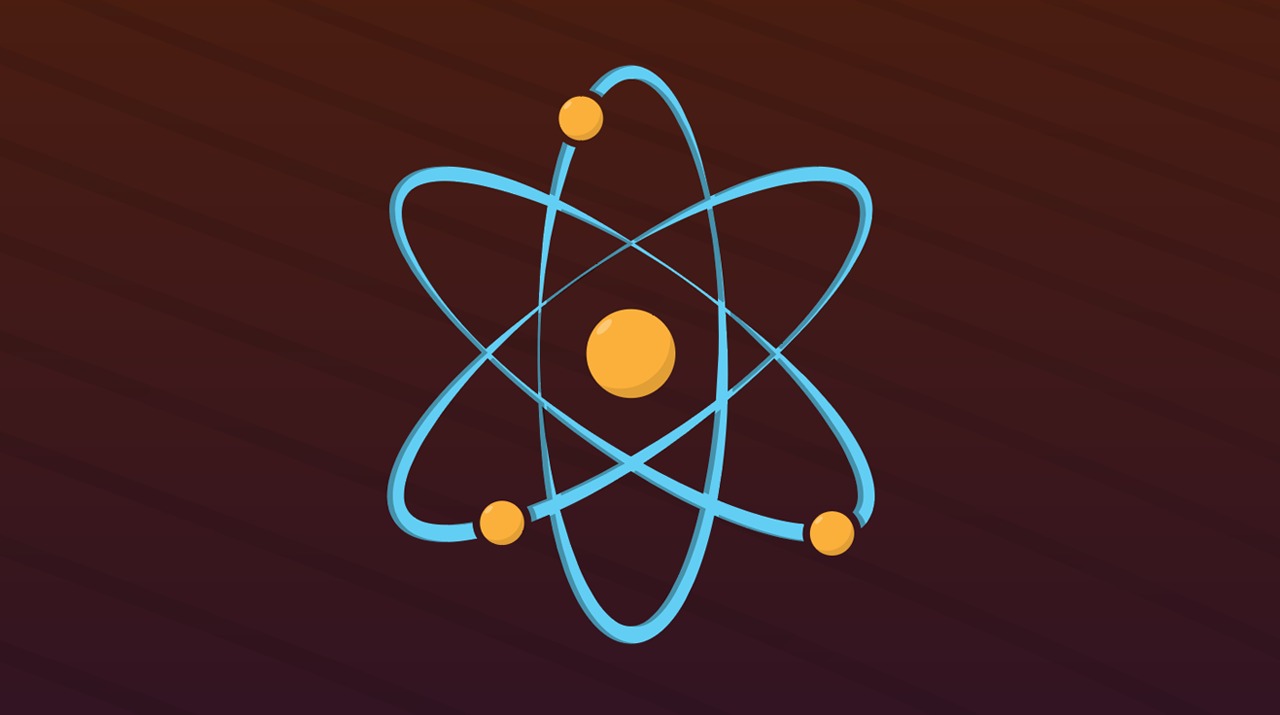
A Novel Machine Learning Model for the Characterization of Material Surfaces
-
February 2, 2024
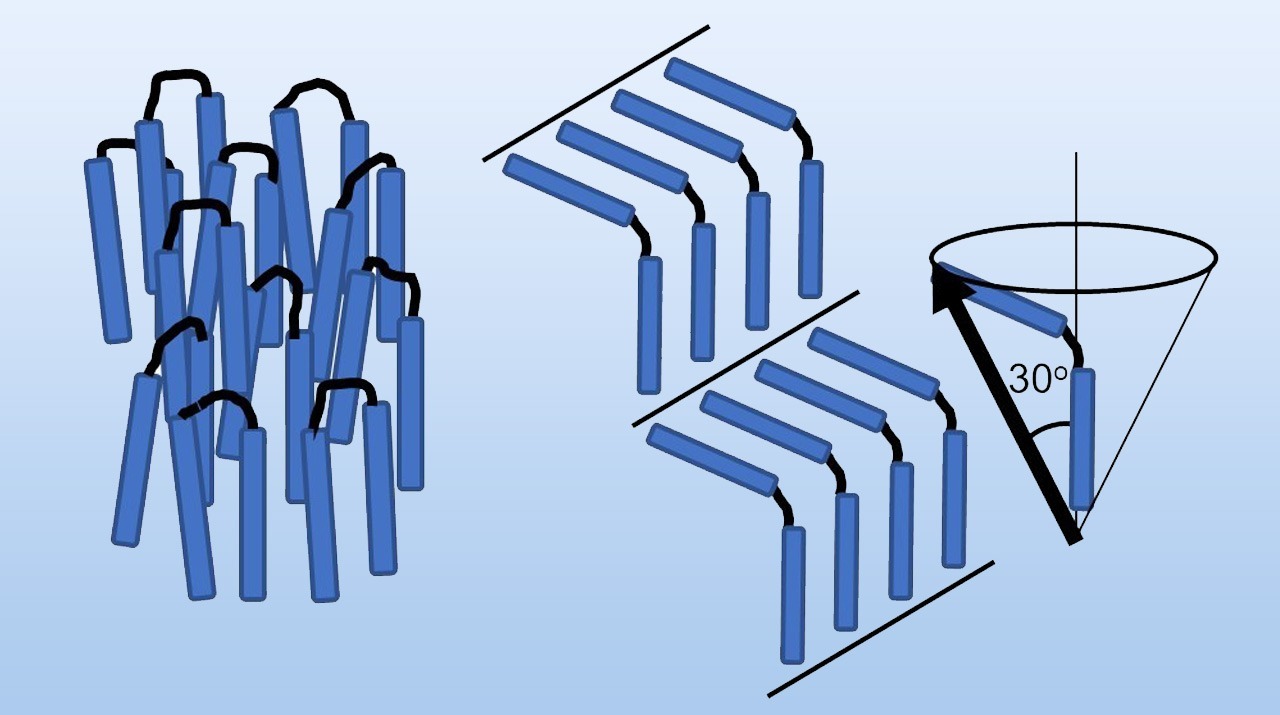
Development of a Ferroelectric Dimeric Liquid Crystal with Huge Spontaneous Polarization and Dielectric Constant at Low Temperatures
-
December 19, 2023

The laboratory search website (MCT LabSearch) is launched.
-
December 7, 2023
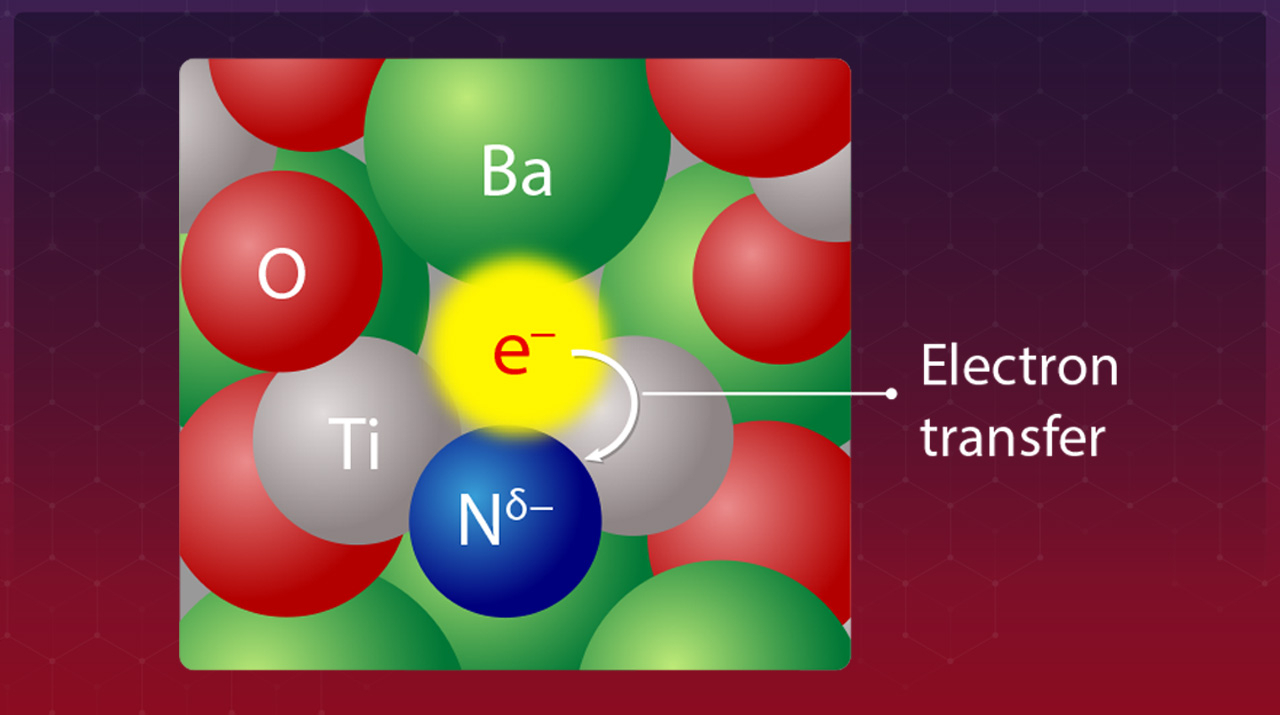
Developing a Superbase-Comparable BaTiO₃-xNy Oxynitride Catalyst
-
July 18, 2023

Honorary Professor Hideo Hosono and Professor Toshio Kamiya received the Karl Ferdinand Braun Prize
-
May 18, 2023
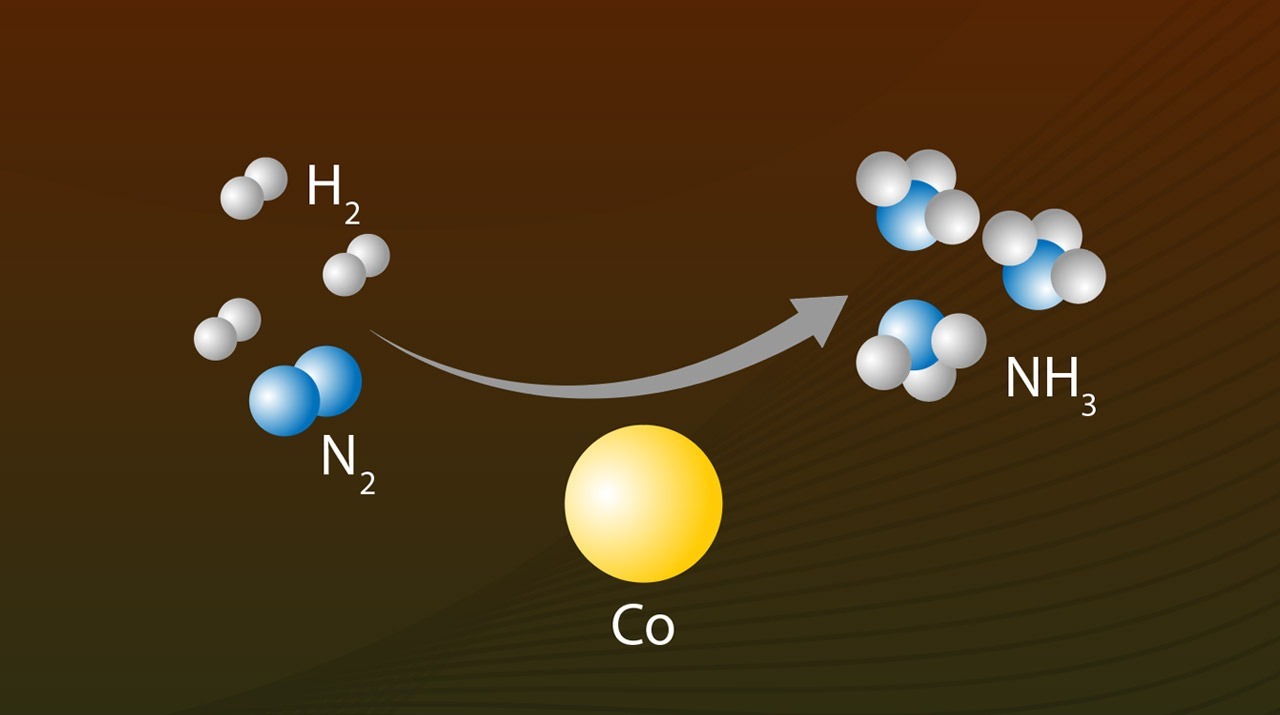
Record Ammonia Production Achieved with Inexpensive Cobalt Catalyst at Low Temperatures
-
April 27, 2023
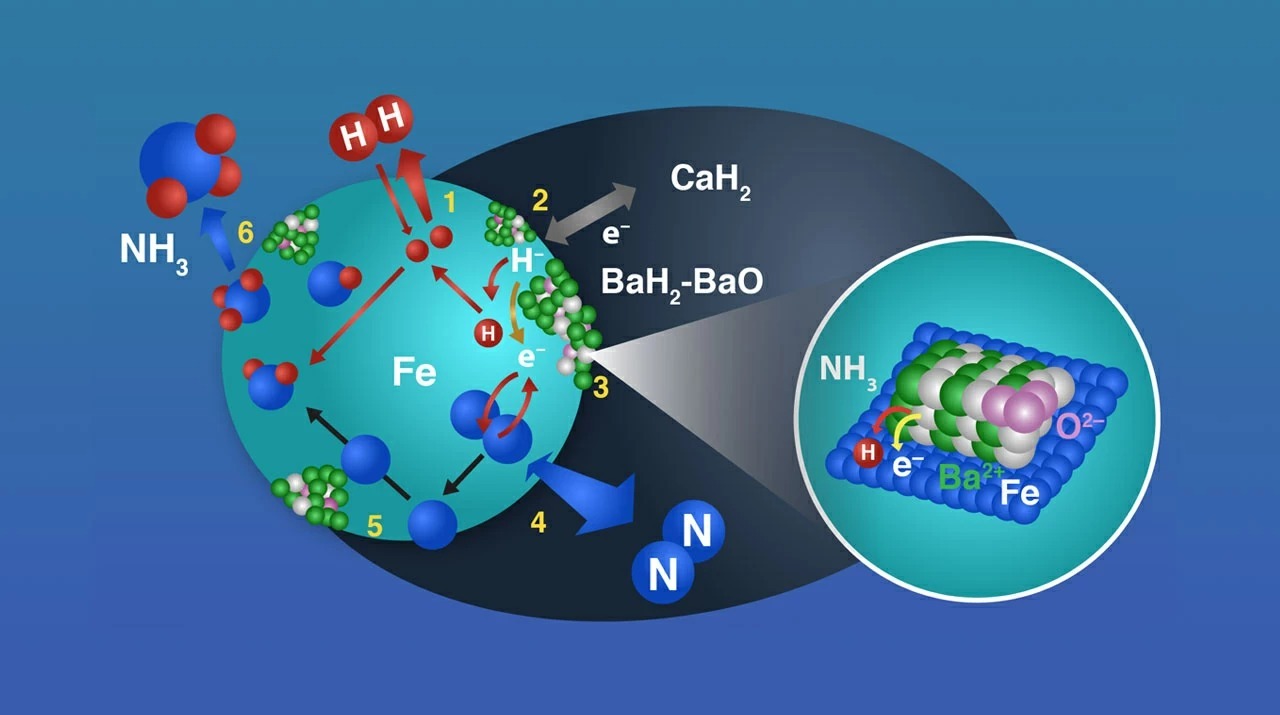
Breaking the Barrier: Low-Temp Ammonia Synthesis with Iron Catalysts and Barium Hydride
-
April 20, 2023
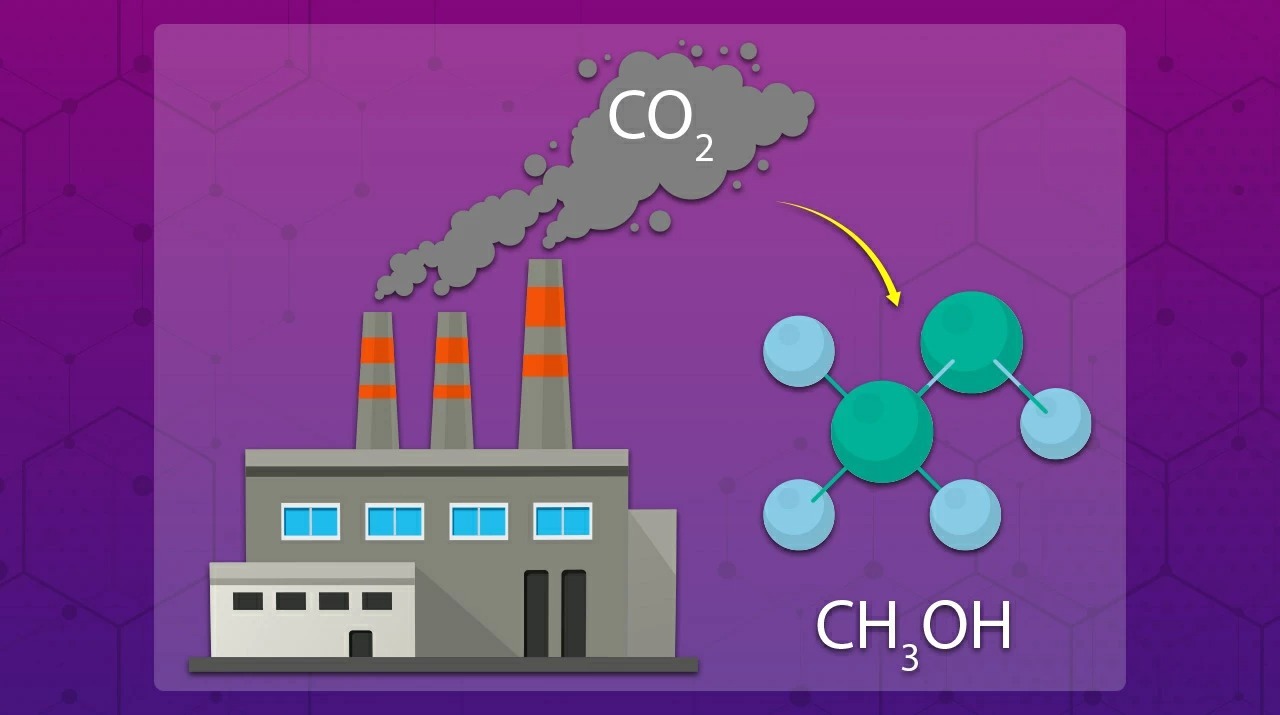
Opening a New Frontier: PdMo Intermetallic Catalyst for Promoting CO₂ Utilization
-
January 16, 2023

Towards Polymer Informatics: Open-source Library for Creating Polymer Property Databases
-
November 18, 2022
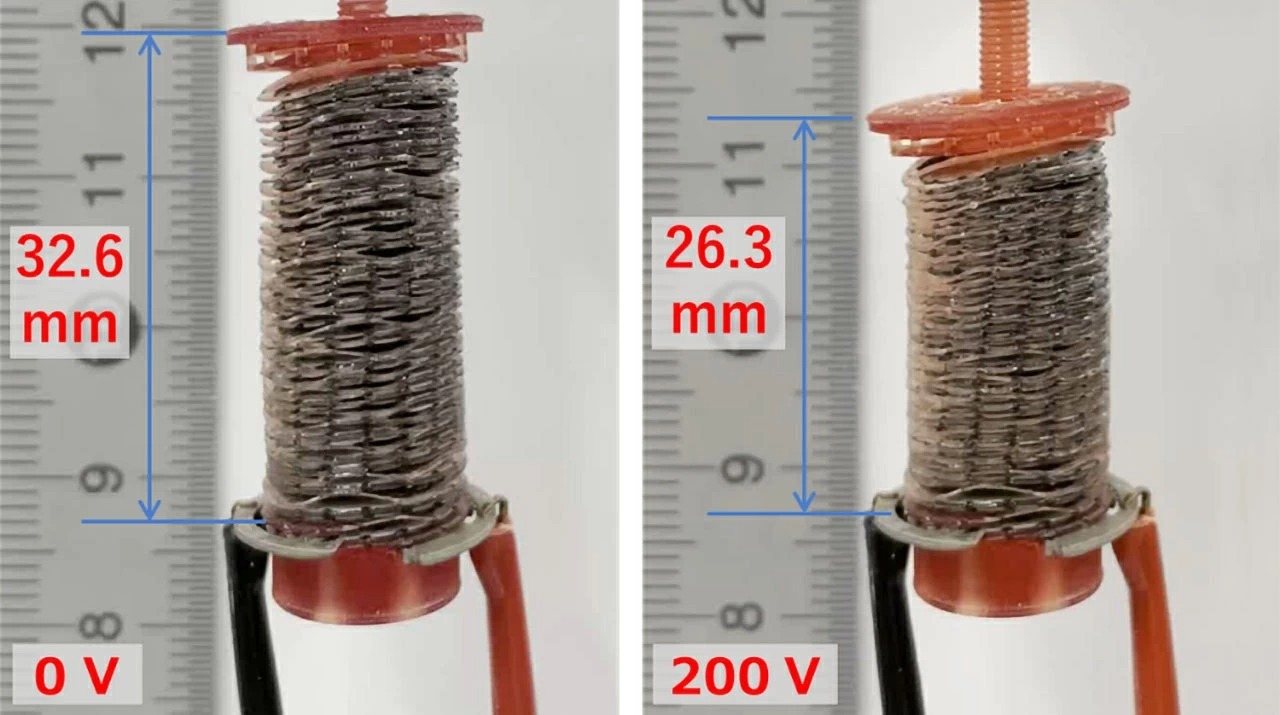
High-Power Electrostatic Actuators to Realize Artificial Muscles
-
November 10, 2022
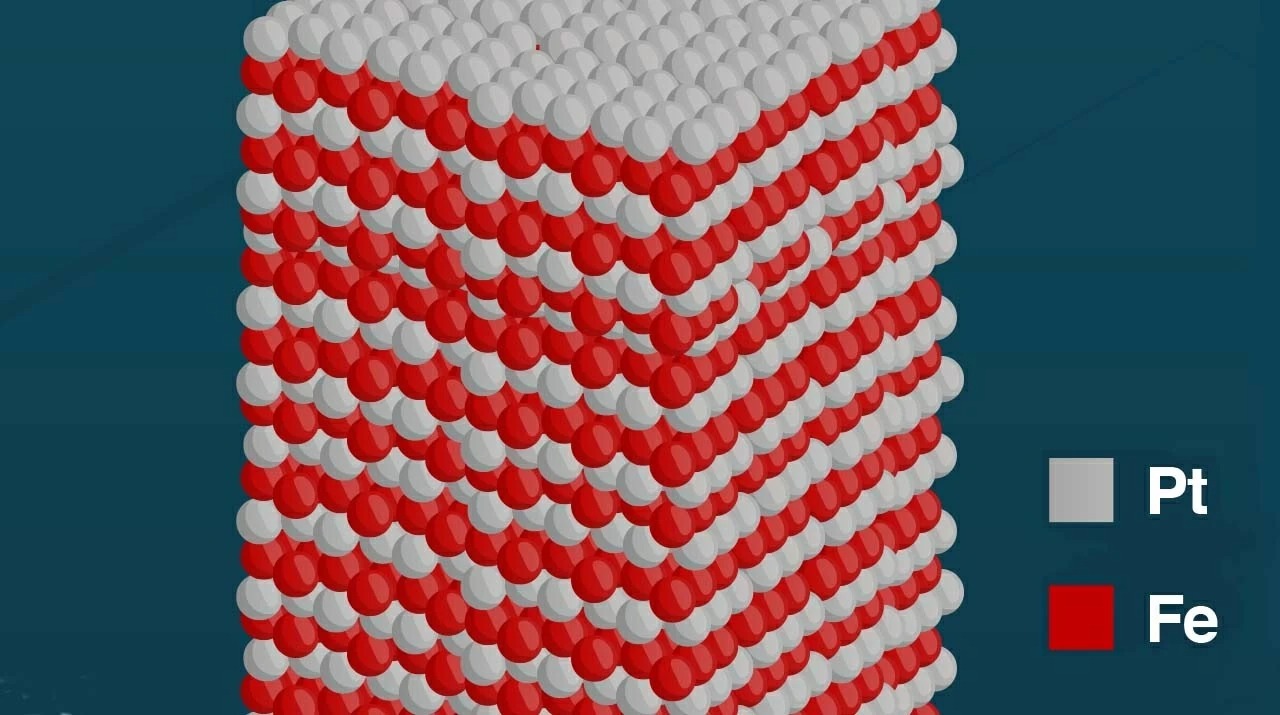
Novel Nanowire Fabrication Technique Paves Way for Next Generation Spintronics
-
November 9, 2022
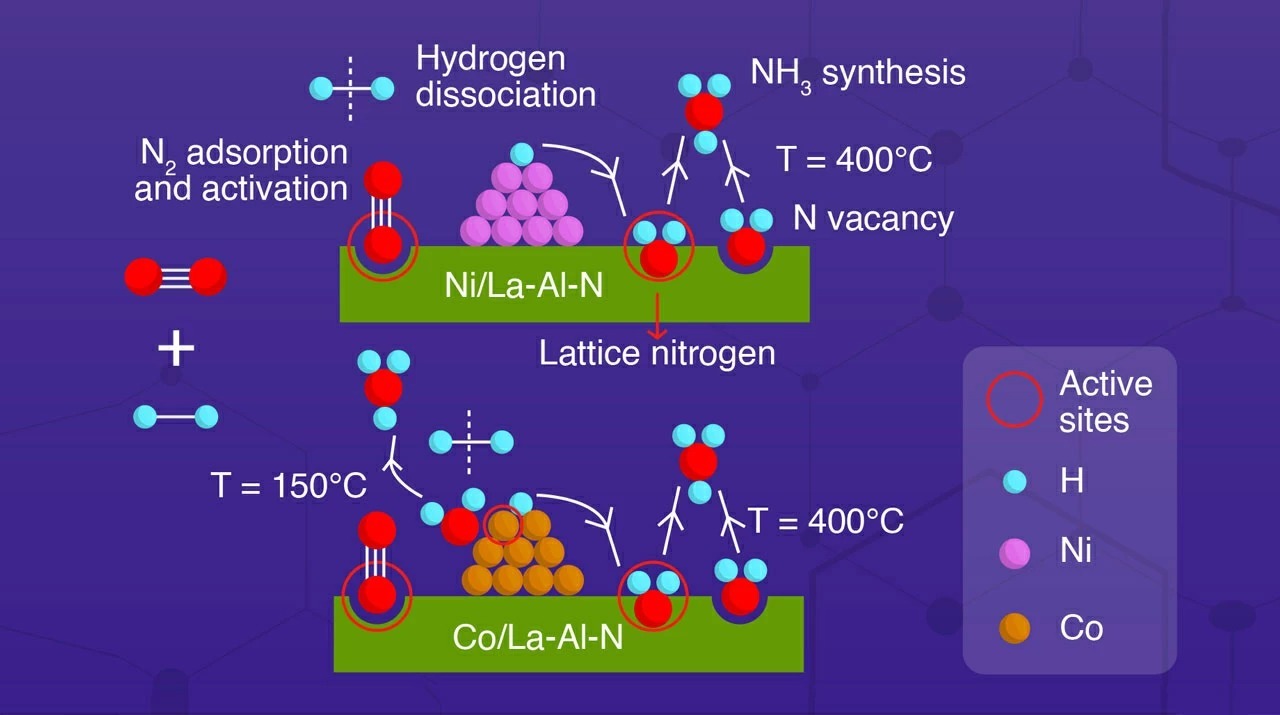
Durable, Inexpensive Catalyst Reduces Carbon Footprint of Ammonia Production
-
October 17, 2022

NPG Asia Materials Symposium 2022
-
October 12, 2022
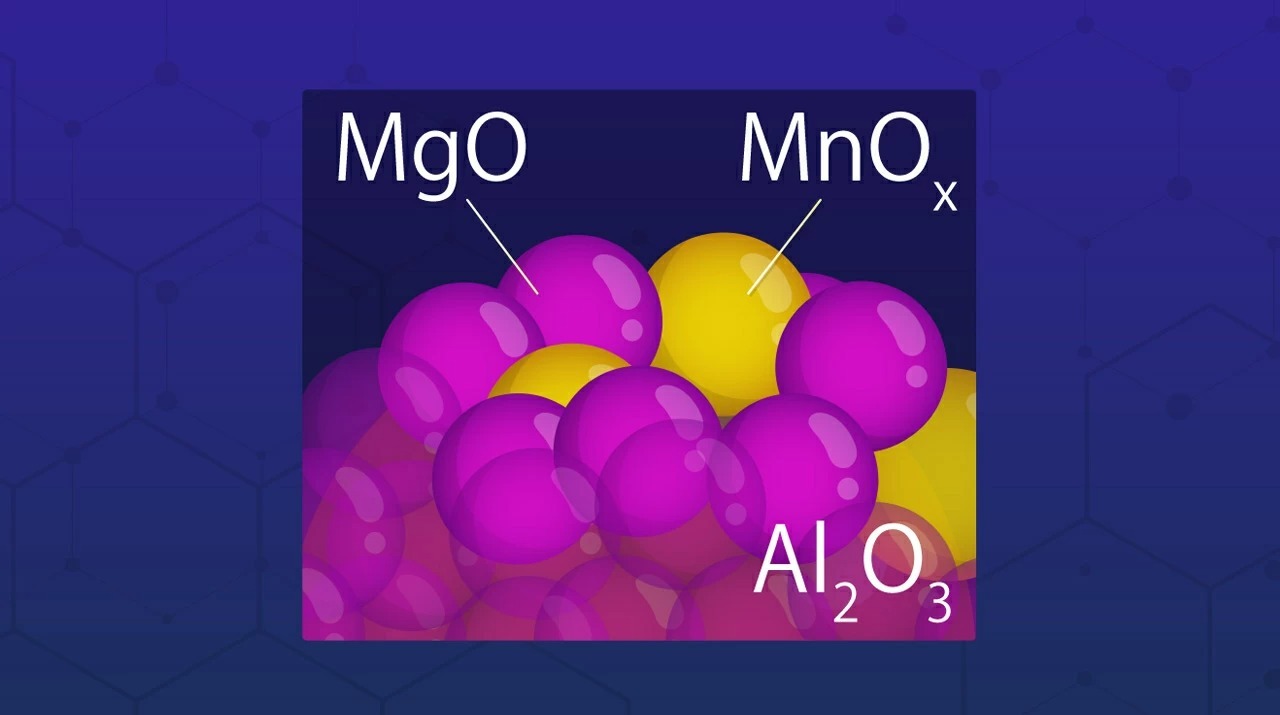
Inexpensive, Reusable Mn Catalysts Make for Efficient Alkylation of Ketones With Alcohols
-
June 8, 2022
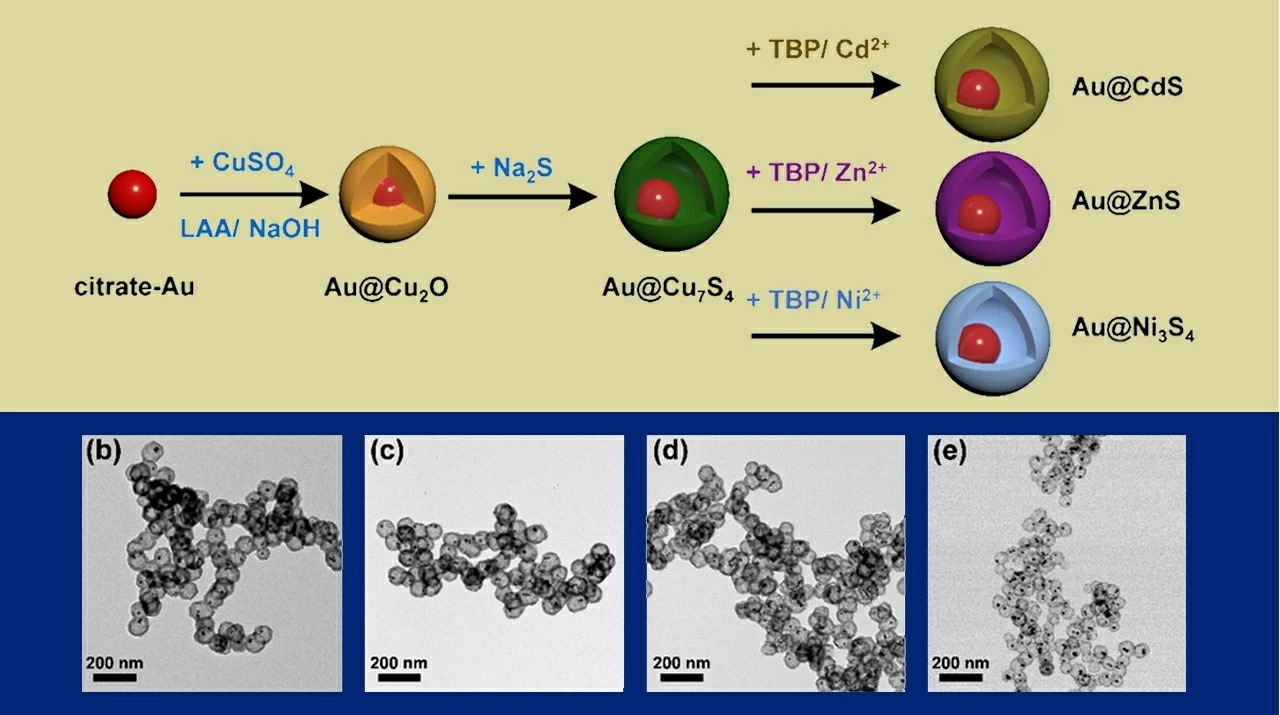
Yolk-Shell Nanocrystals with Movable Gold Yolk: Next Generation of Photocatalysts
-
May 10, 2022

Scientists Develop Indoor-active Photocatalyst for Antiviral Coating Against Various Variant Types of Novel Coronavirus SARS-CoV-2
-
February 28, 2022
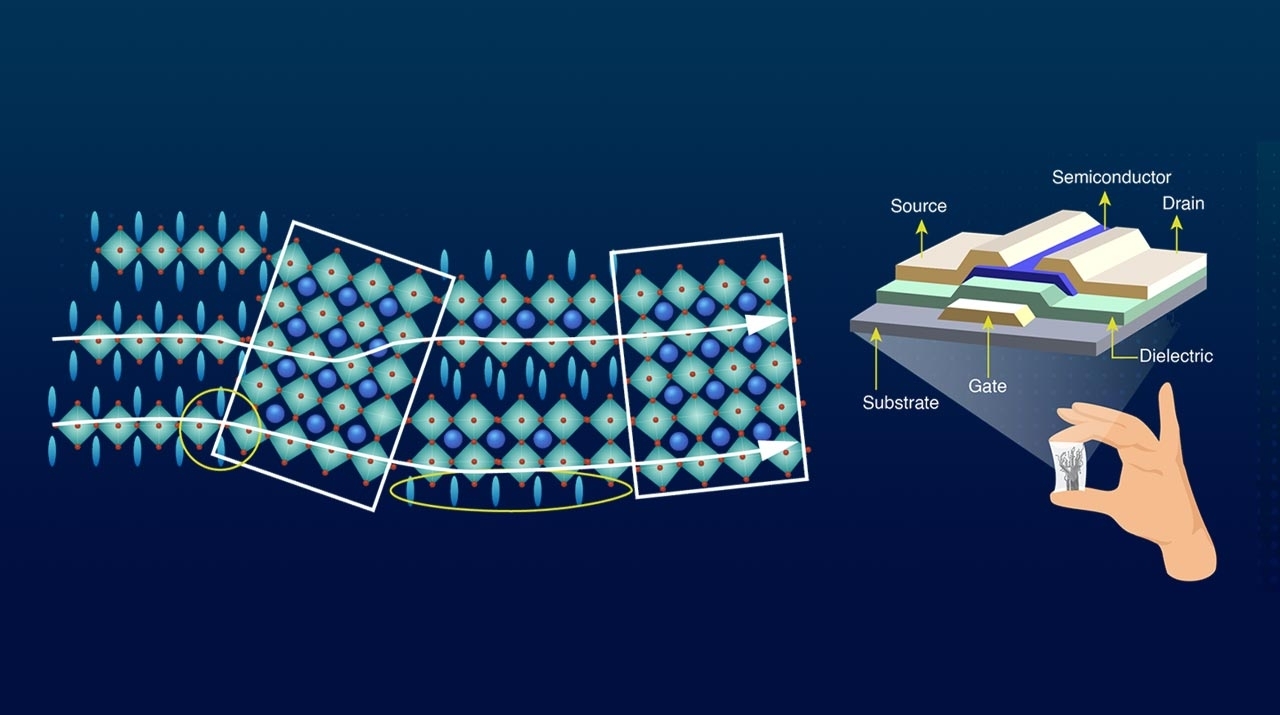
Making Metal–Halide Perovskites Useful in Planar Devices Through a New Hybrid Structure
-
February 21, 2022

Reusable Catalyst Makes C–H Bond Oxidation Using Oxygen Easier and More Efficient
-
February 10, 2022

Development of mass production for a non-precious metal catalyst to be used in large-scale ammonia plants has begun
-
February 2, 2022
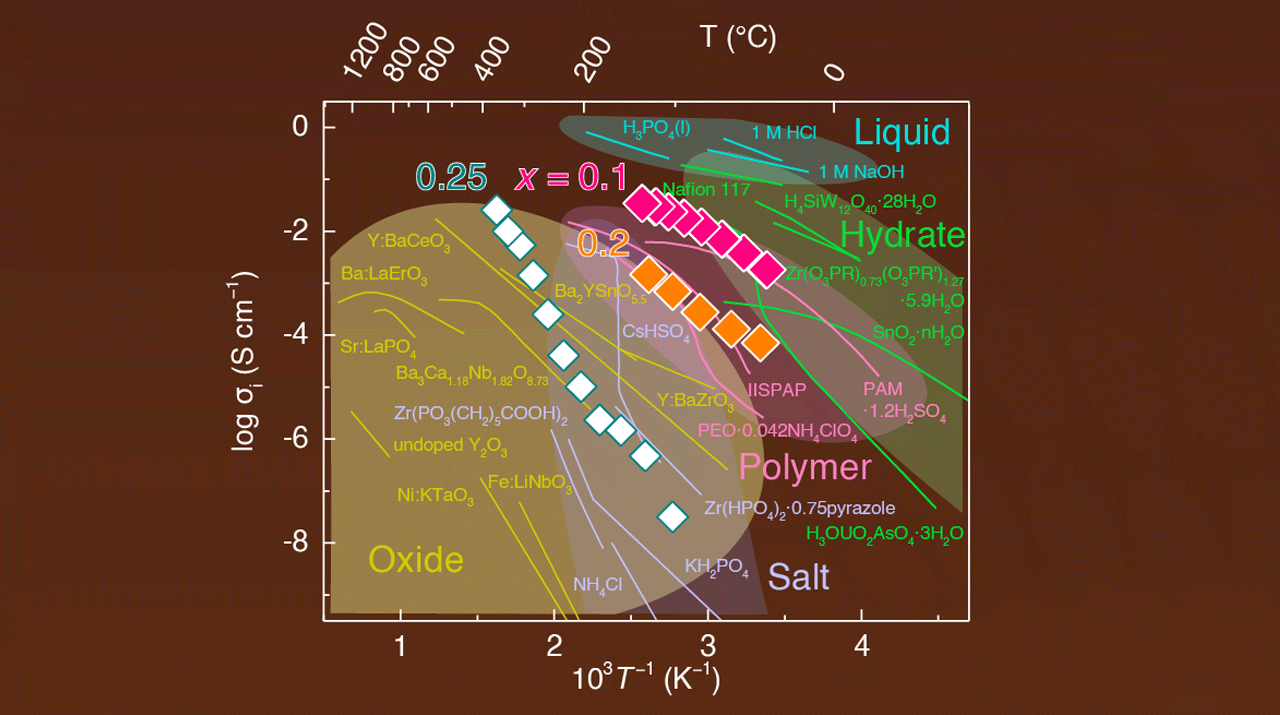
Scientists Observe Record High Hydride Ion Conductivity Using Modified Lanthanum Trihydride
-
December 17, 2021
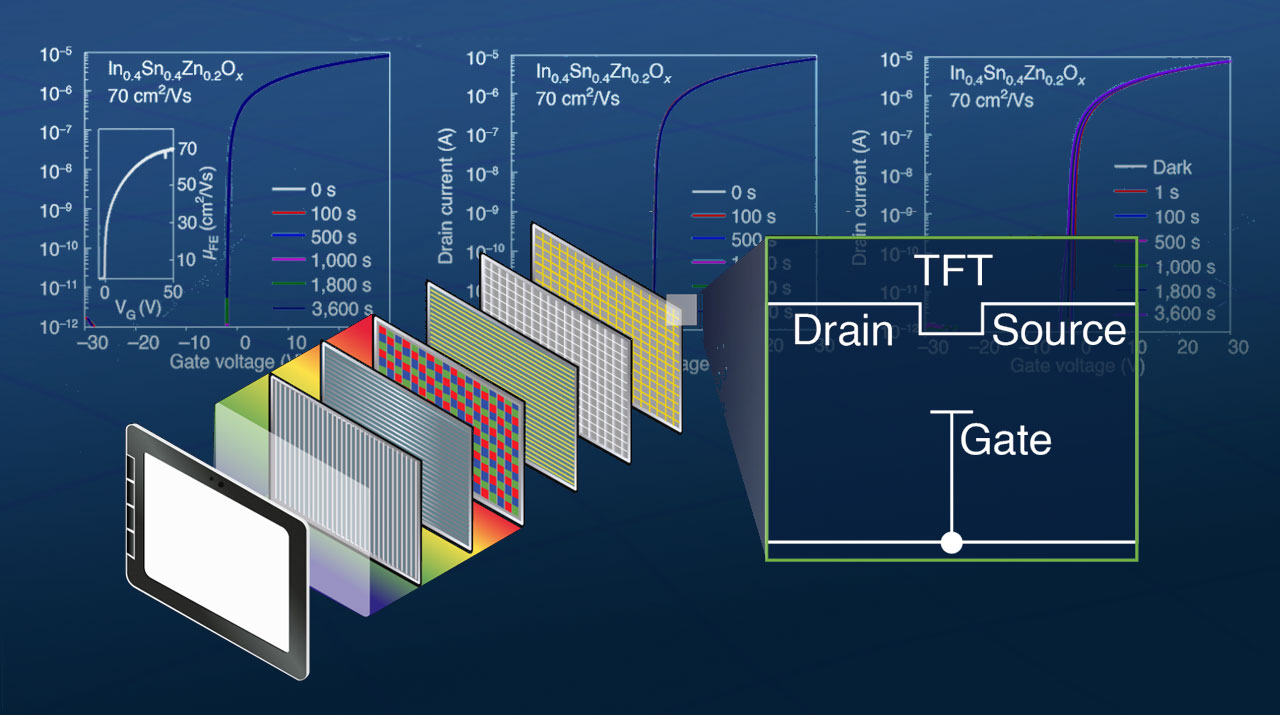
Fabricating Stable, High-mobility Transistors for Next-generation Display Technologies
-
December 10, 2021
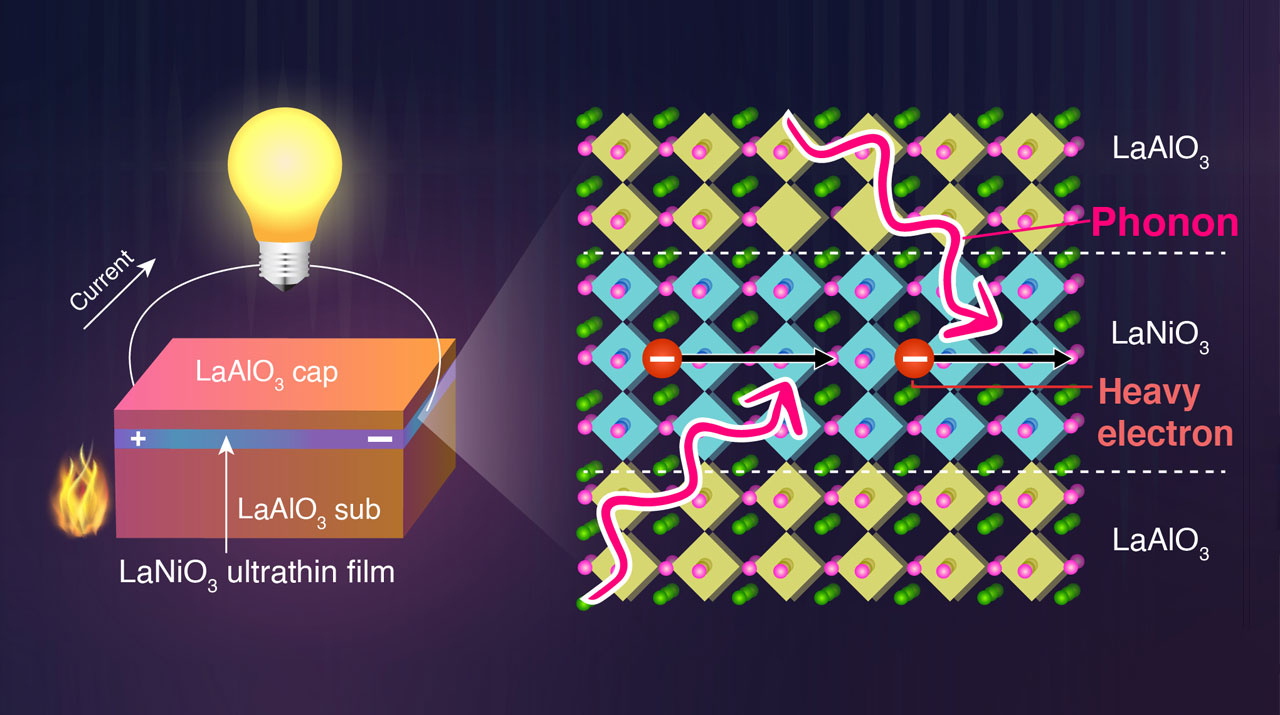
Boosting Thermopower of Oxides via Artificially laminated Metal/Insulator Heterostructure
-
October 27, 2021
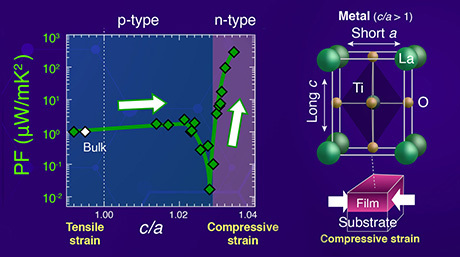
Breaking Trade-Off Problem That Limits Thermoelectric Conversion Efficiency of Waste Heat
-
October 13, 2021
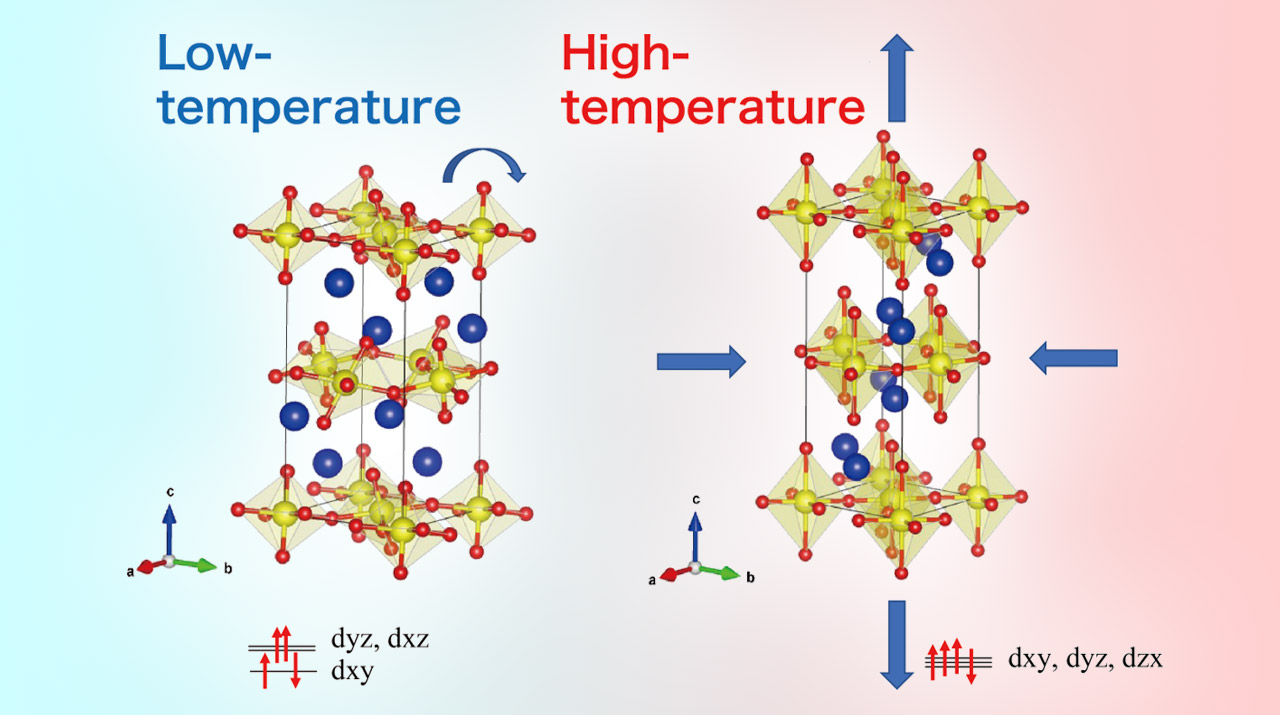
Study Explores Remarkable Negative Thermal Expansion Seen in Layered Ruthenates
-
October 13, 2021
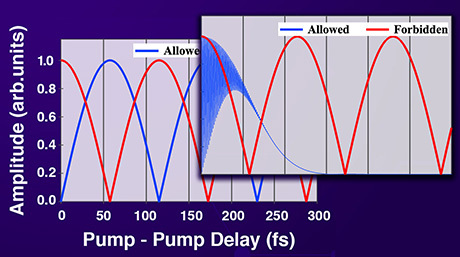
Ruling Electrons and Vibrations in a Crystal with Polarized Light
-
September 2, 2021
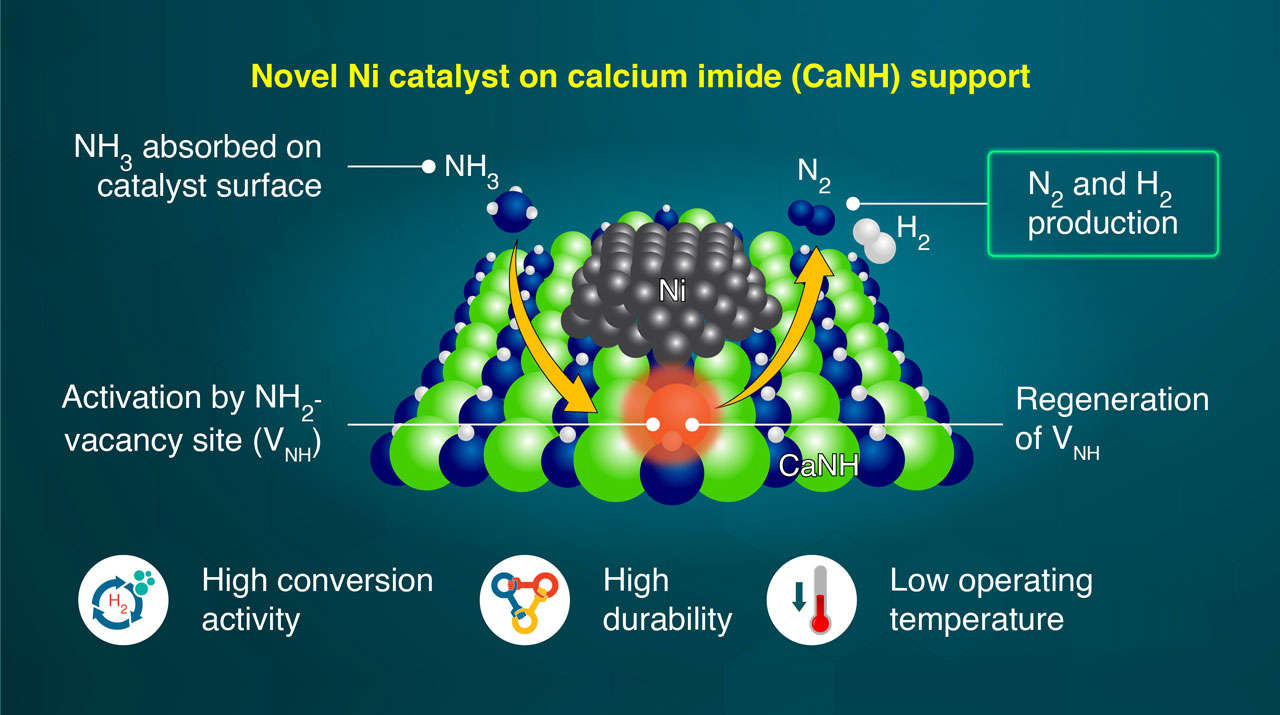
Breaking Ammonia: A New Catalyst to Generate Hydrogen from Ammonia at Low Temperatures
-
July 21, 2021
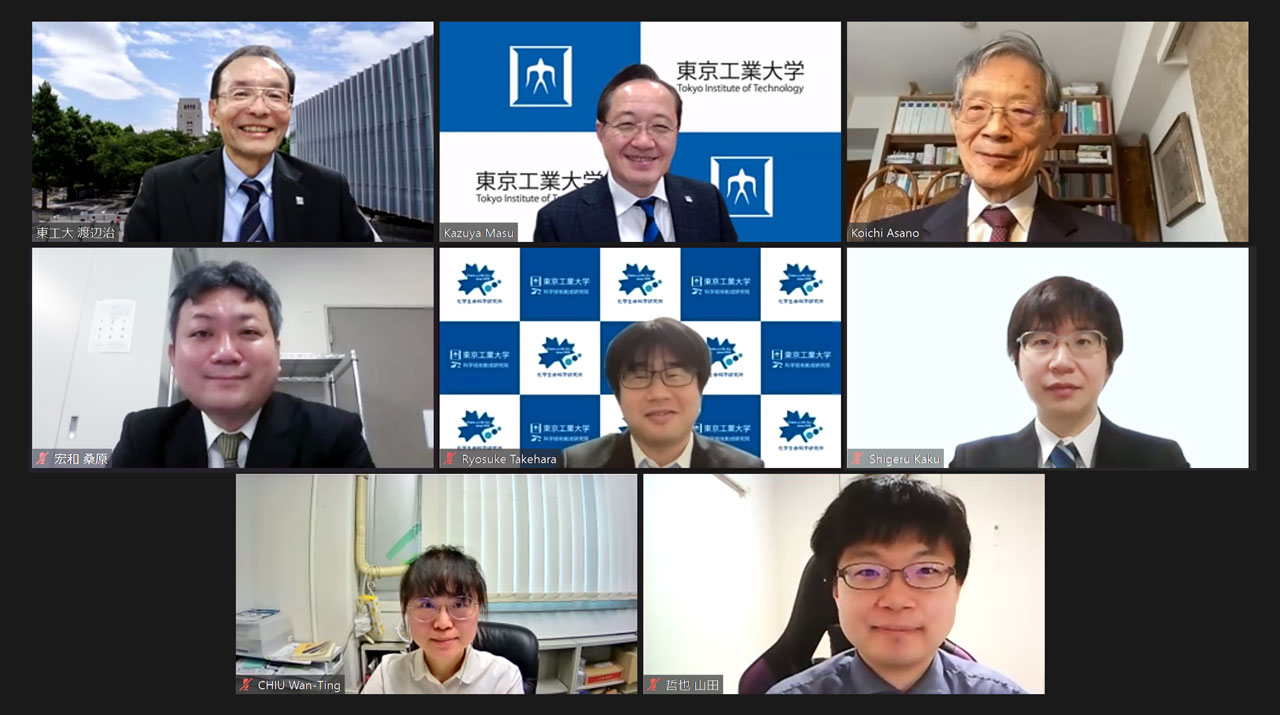
ASUNARO Grant established, 5 researchers including Assist. Prof. Chiu Wan-Ting awarded in first call
-
July 5, 2021
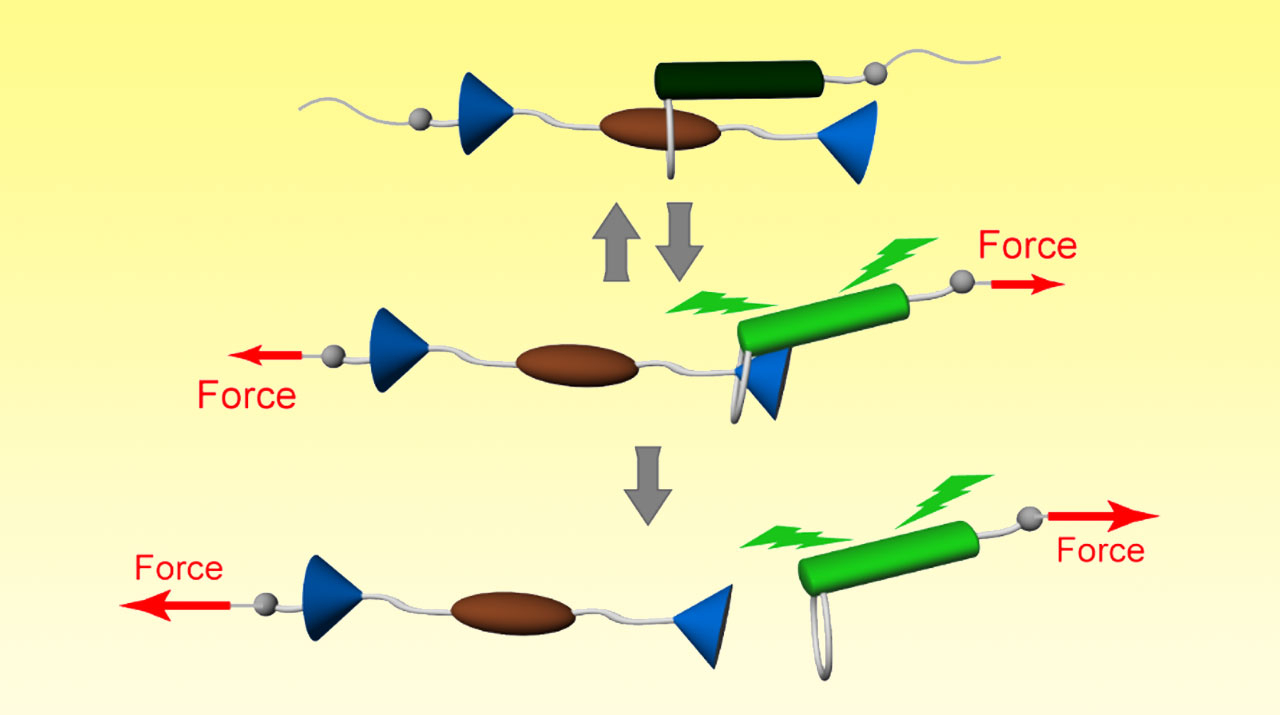
One "Ring" to Rule Them All: Curious Interlocked Molecules Show Dual Response
-
June 23, 2021
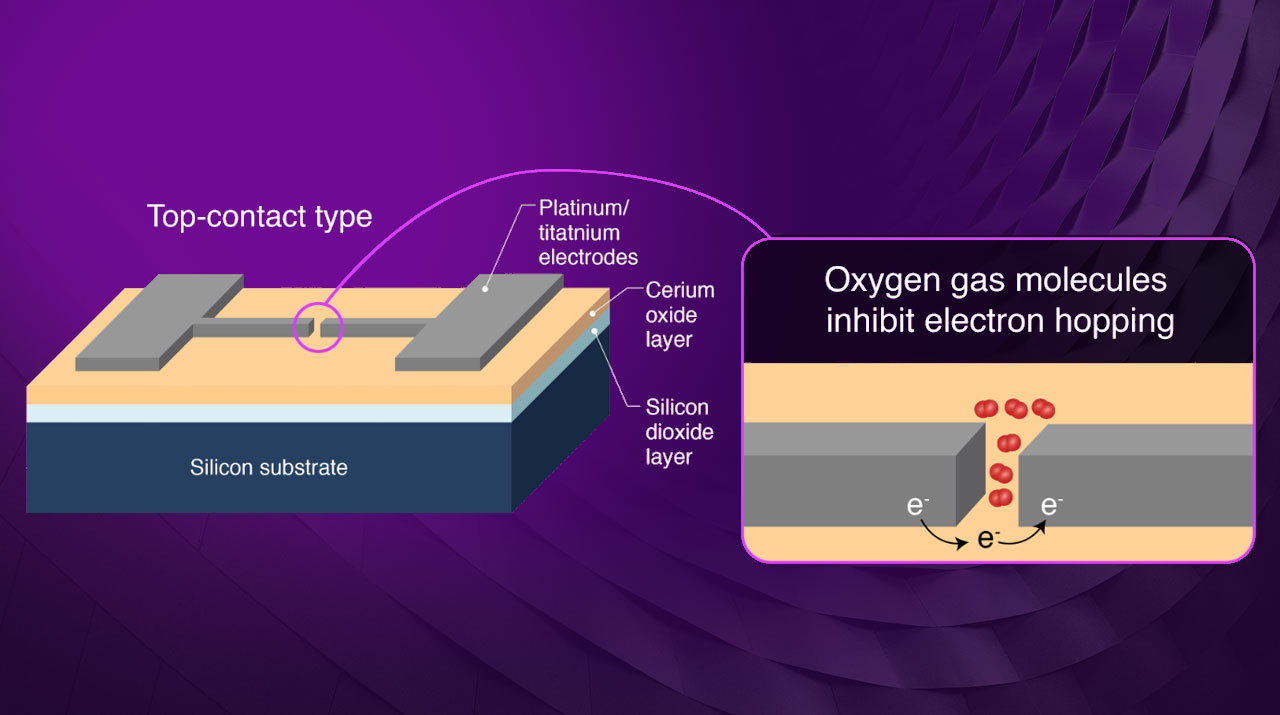
Mind the Nanogap: Fast and Sensitive Oxygen Gas Sensors
-
May 11, 2021
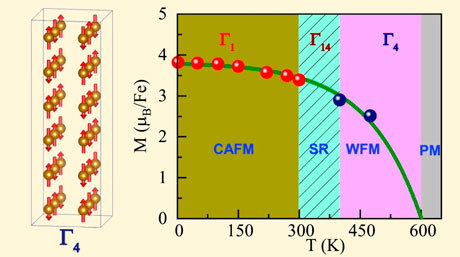
Standing Out: Unusual Magnetic Transition in Perovskite Oxide Can Help Boost Spintronics
-
April 22, 2021
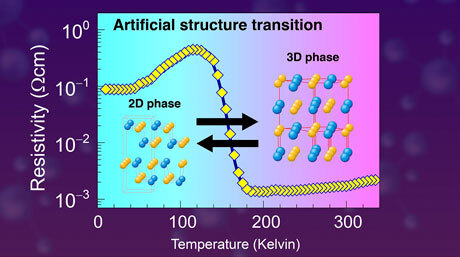
Giant Electronic Conductivity Change Driven by Artificial Switch of Crystal Dimensionality
-
March 26, 2021
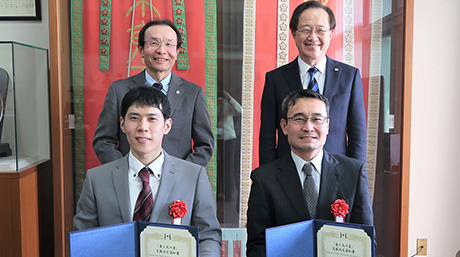
FY2020 STAR grant recipients selected
-
March 10, 2021
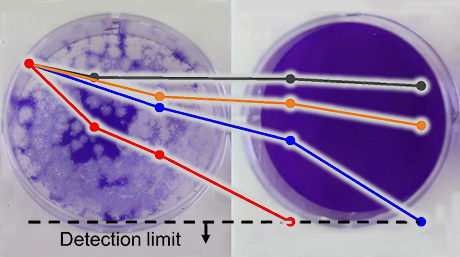
A materials science approach to combating coronavirus
-
March 3, 2021
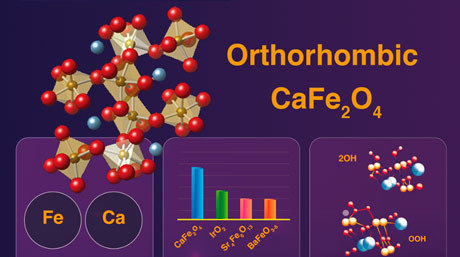
Dethroning Electrocatalysts for Hydrogen Production with Inexpensive Alternative Material
-
January 6, 2021
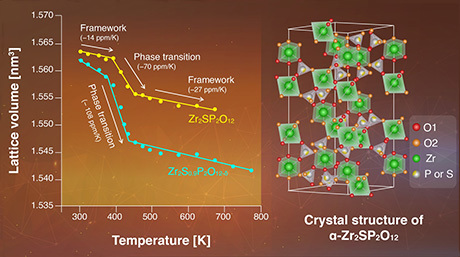
Novel Crystalline Oxide May Solve the Problem of Overheating in Composite Materials
-
January 4, 2021
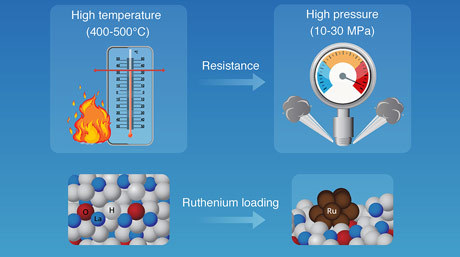
Turning the Heat Down: Catalyzing Ammonia Formation at Lower Temperatures with Ruthenium
-
December 15, 2020
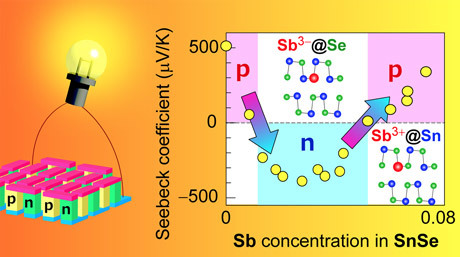
Multiple Semiconductor Type Switching To Boost Thermoelectric Conversion of Waste Heat
-
December 9, 2020
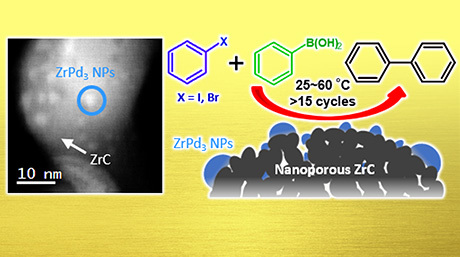
Having it Both Ways: A Combined Strategy in Catalyst Design for Suzuki Cross-Couplings
-
October 12, 2020
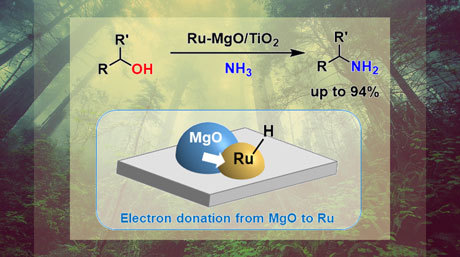
An enhanced ruthenium-based catalyst for primary amine synthesis
-
October 8, 2020
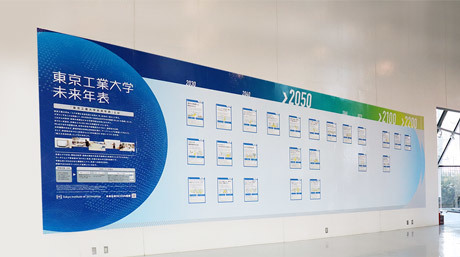
Four teams receive first DLab Challenge research grant
-
September 24, 2020
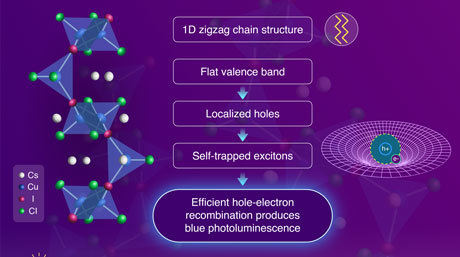
Shedding Light on the Development of Efficient Blue-Emitting Semiconductors
-
September 18, 2020
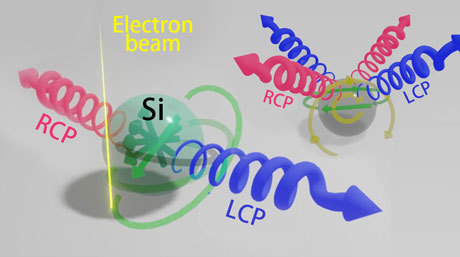
Squaring the Circle—Breaking the Symmetry of a Sphere to Control the Polarization of Light
-
September 9, 2020
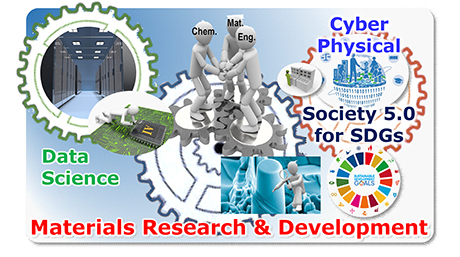
Welcome to Interdisciplinary Education Program on Material Research and Development Synergized by Data Science for Advanced Human Resource (Id-MatD2)
-
September 1, 2020
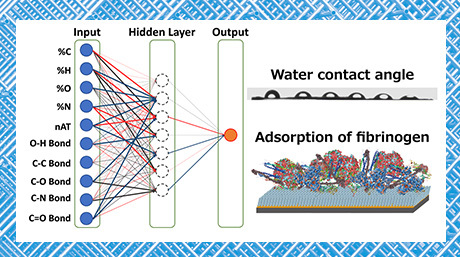
A leap forward for biomaterials design using AI
-
August 25, 2020
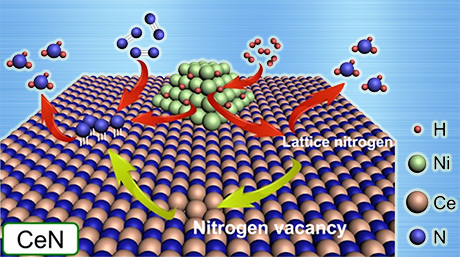
Filling the Void in Ammonia Synthesis: The Role of Nitrogen Vacancies in Catalysts
-
August 12, 2020
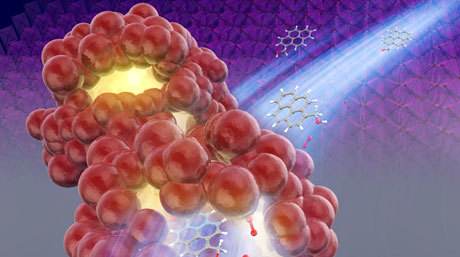
Way, Shape and Form: Synthesis Conditions Define the Nanostructure of Manganese Dioxide
-
July 20, 2020
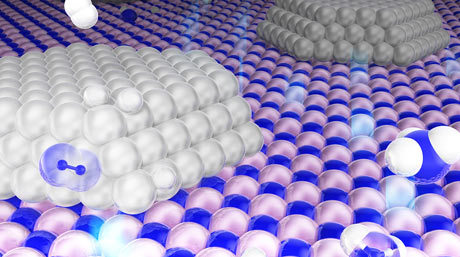
Running on Empty: New Affordable Catalyst Relies on Nitrogen Vacancies to Produce Ammonia
-
May 18, 2020
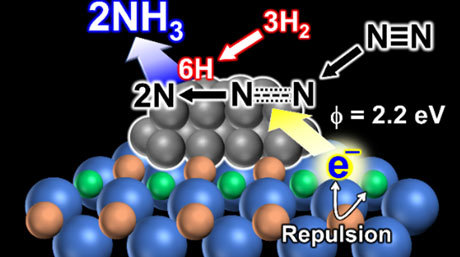
Fuelling the World Sustainably: Synthesizing Ammonia using Less Energy
-
March 3, 2020
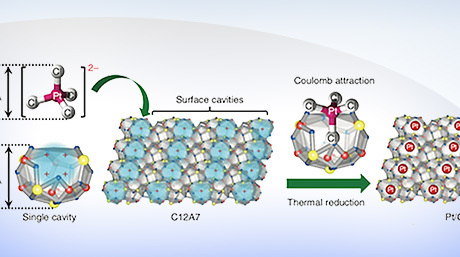
An 'exceptionally stable' single-atom catalyst: Single platinum atoms stabilized in C12A7 crystals
-
February 10, 2020
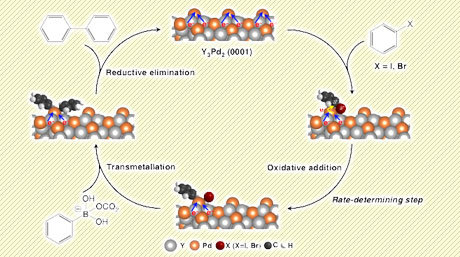
A nanoscale lattice of palladium and yttrium makes for a superlative carbon-linking catalyst
-
December 4, 2019
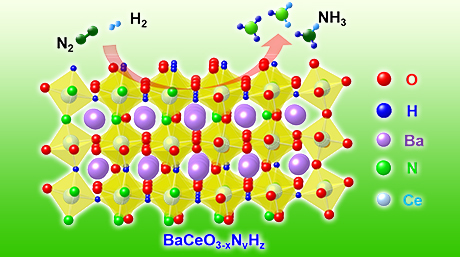
Efficient bottom-up synthesis of new perovskite material for the production of ammonia
-
November 19, 2019

Tokyo Tech student wins special prize in business development contest
-
October 29, 2019
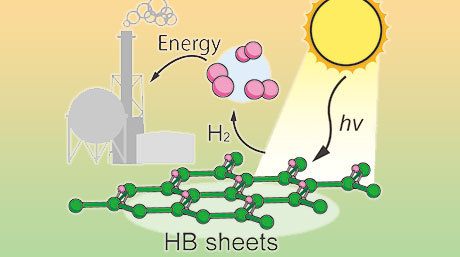
Hydrogen boride nanosheets: A promising material for hydrogen carrier
-
October 10, 2019
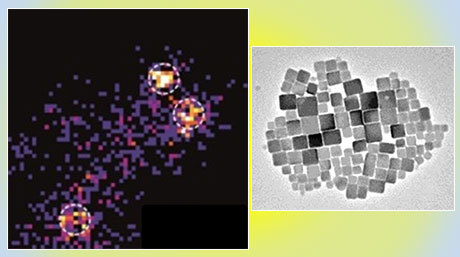
Single-particle spectroscopy of CsPbBr3 perovskite nanocrystals reveals the origin low electroluminescence efficiency
-
September 5, 2019
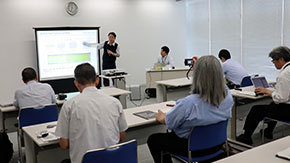
A low-voltage high-luminance perovskite LED realized — press event held
-
August 20, 2019
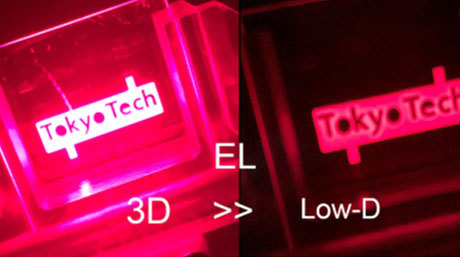
New design strategy brightens up the future of perovskite-based light-emitting diodes
-
August 9, 2019
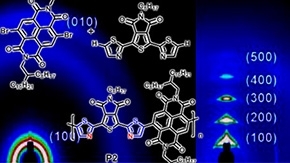
New synthesis method opens up possibilities for organic electronics
-
July 23, 2019
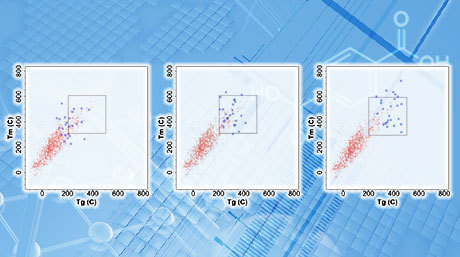
Successful application of machine learning in the discovery of new polymers
-
July 19, 2019
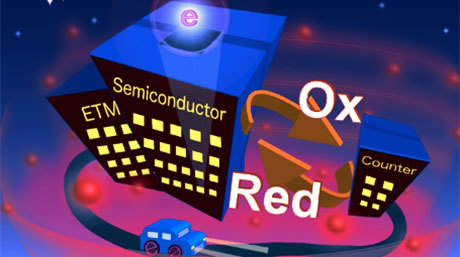
Could the heat of the Earth’s crust become the ultimate energy source?
-
May 28, 2019

A light matter: understanding the Raman dance of solids
-
March 4, 2019
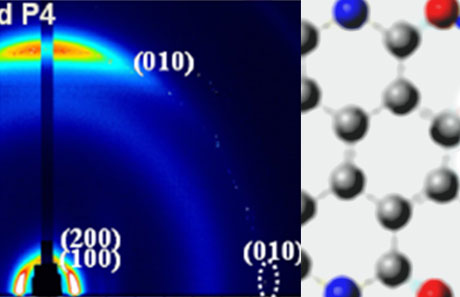
Organic electronics: Scientists develop a high-performance unipolar n-type thin-film transistor
-
January 22, 2019
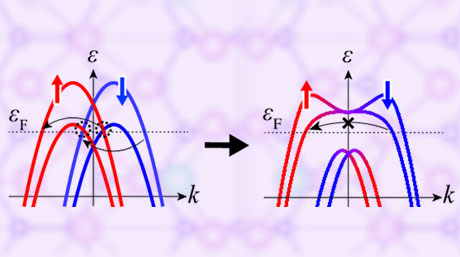
Electronics of the future: A new energy-efficient mechanism using the Rashba effect
-
November 15, 2018
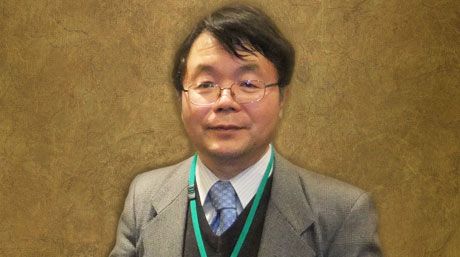
Hideo Hosono wins Von Hippel Award from Materials Research Society
-
September 27, 2018
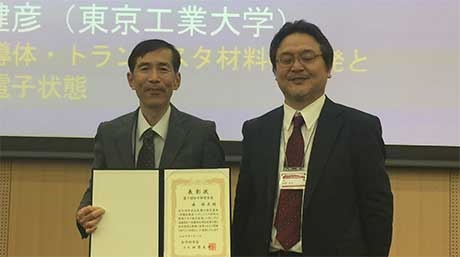
Professor Mori won Japan Society for Molecular Science Award.
-
September 21, 2018
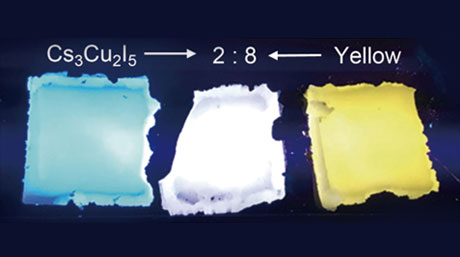
Lighting it up: A new non-toxic, cheap, and stable blue photoluminescent material
-
August 31, 2018
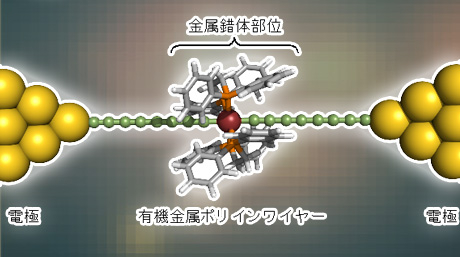
All wired up: New molecular wires for single-molecule electronic devices
-
July 19, 2018
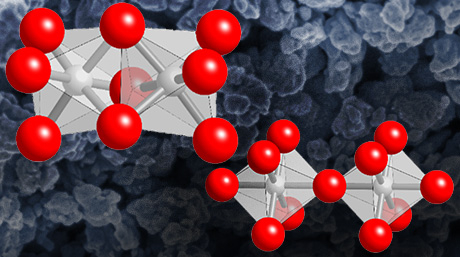
Barium ruthenate: A high-yield, easy-to-handle perovskite catalyst for the oxidation of sulfides
-
May 18, 2018
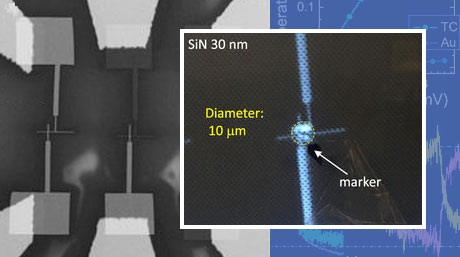
A micro-thermometer to record tiny temperature changes
-
May 26, 2017

New antiferromagnetic phase: Clue to design of iron-based superconductor with higher critical temperature
-
December 28, 2016
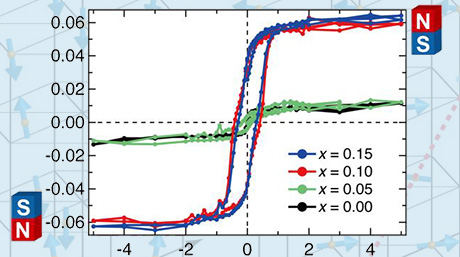
New material with ferroelectricity and ferromagnetism may lead to better computer memory
-
November 8, 2016
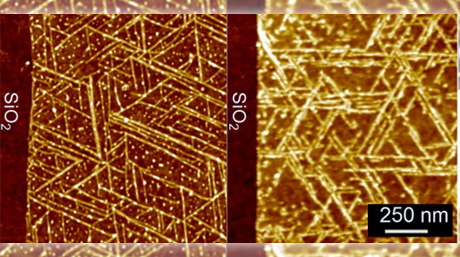
New protein bridges chemical divide for 'seamless' bioelectronics devices
-
October 21, 2016
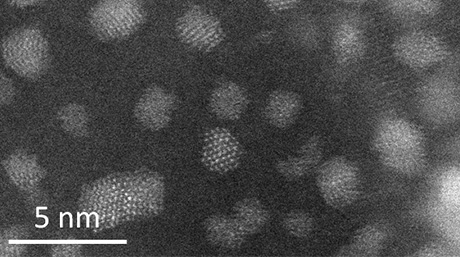
Development of highly active and stable ammonia synthesis catalyst under low temperatures
-
October 17, 2016
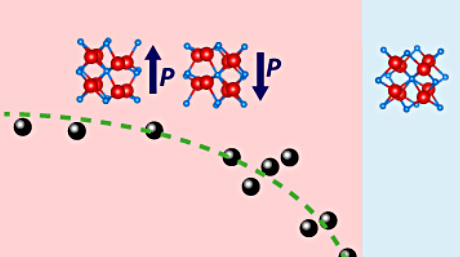
Ultra-thin ferroelectric material for next-generation electronics
-
September 6, 2016

Finding new controlling method for properties of glass
-
June 24, 2016

Computational materials screening and high-pressure synthesis reveal a promising nitride semiconductor for optoelectronics
-
May 24, 2016

Professor Hosono receives 2016 Japan Prize, gives commemorative lecture
-
April 28, 2016

Thin iron-based insulator-like film found capable of superconductivity at a high temperature
-
April 1, 2016
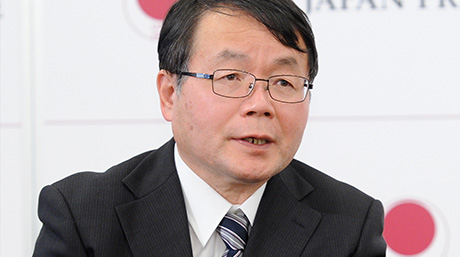
Professor Hideo Hosono receives 2016 Japan Prize
